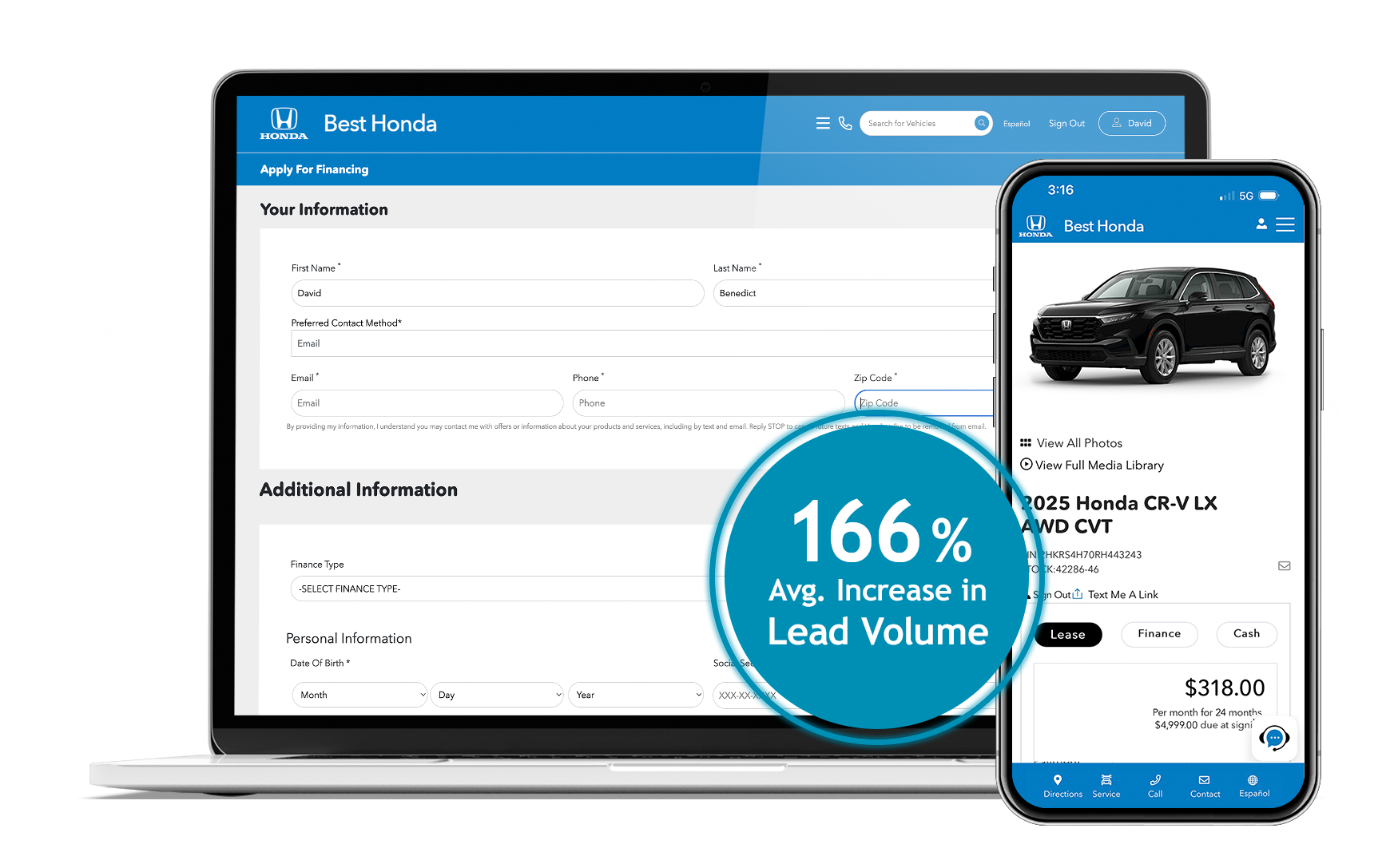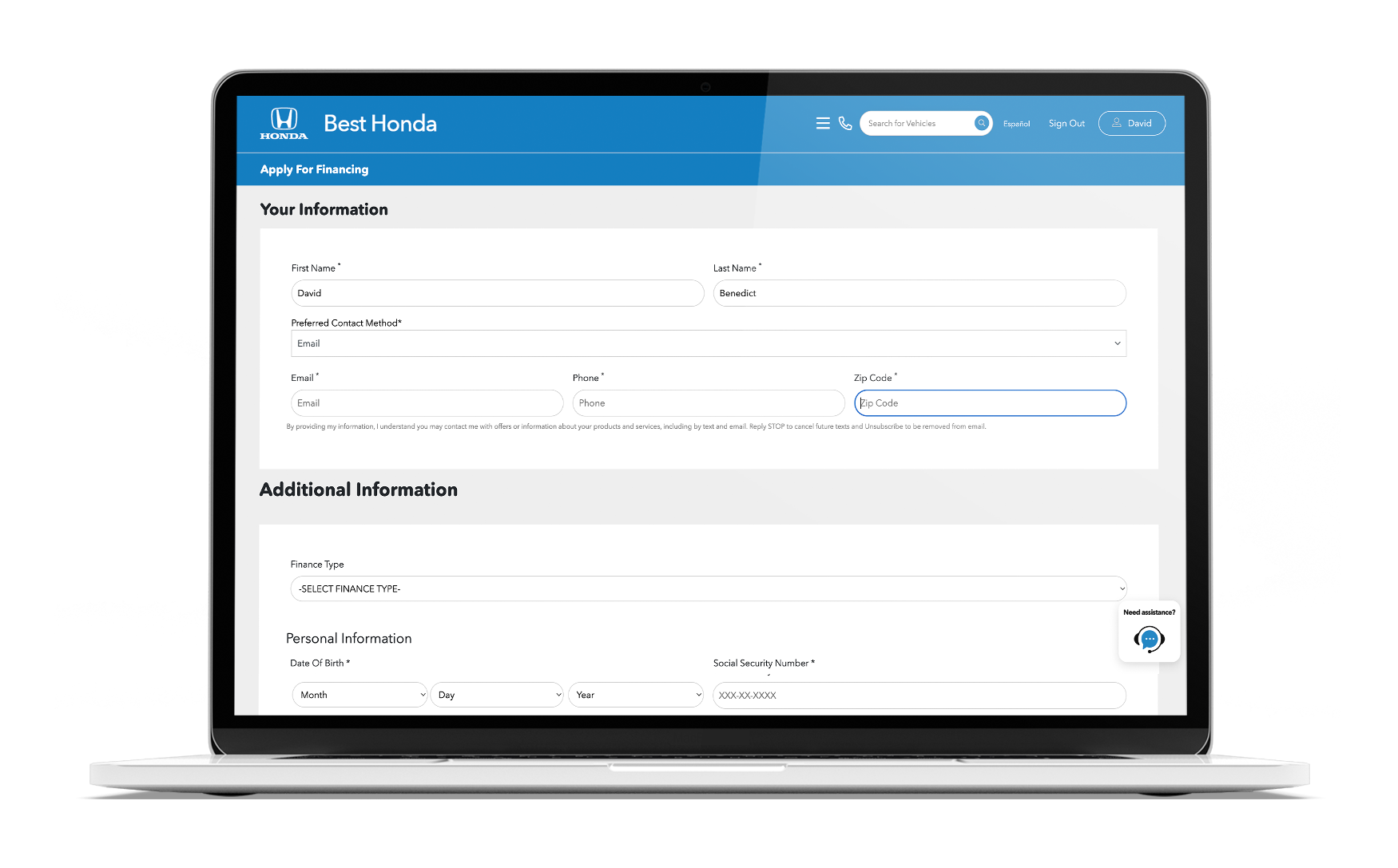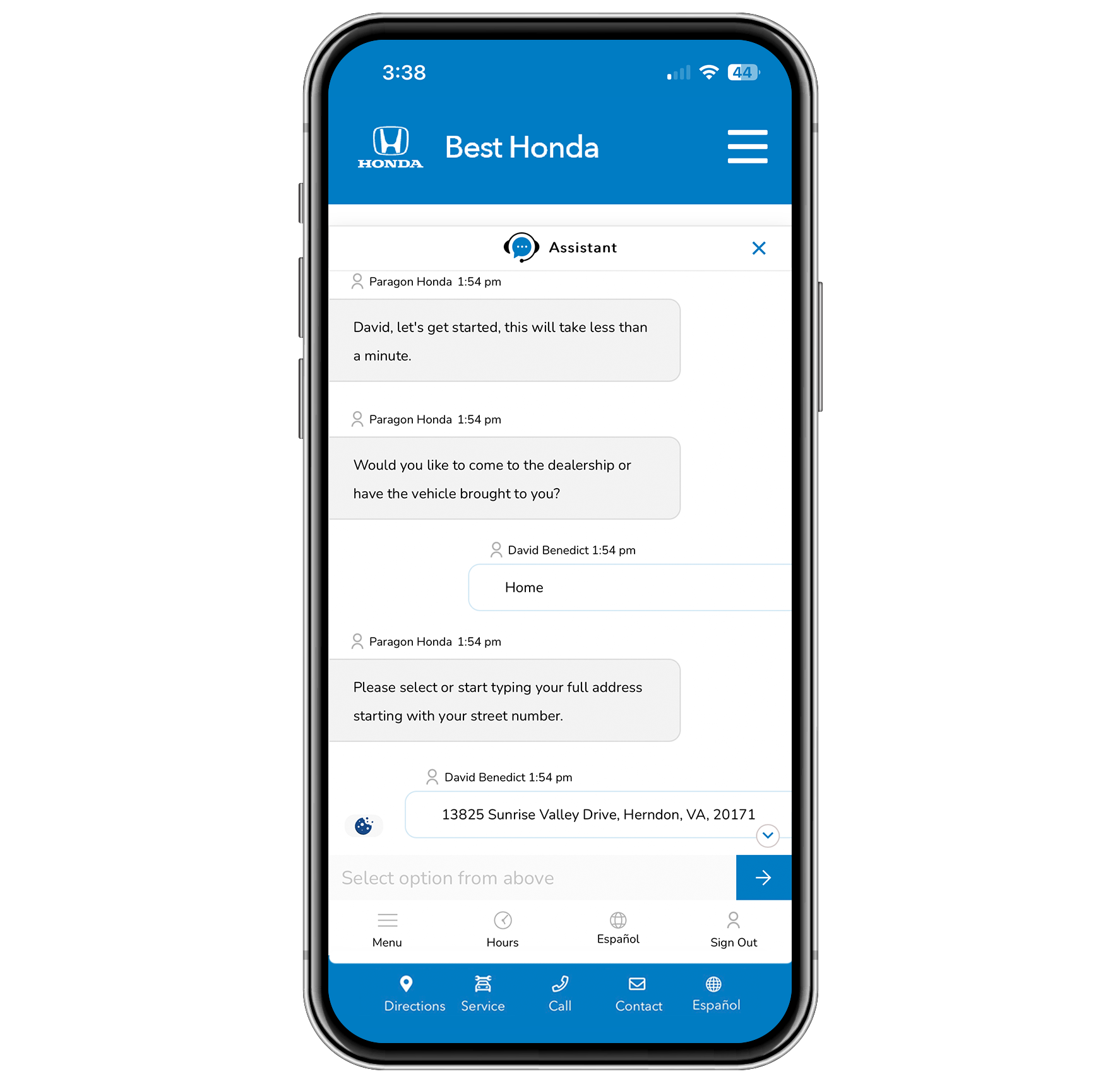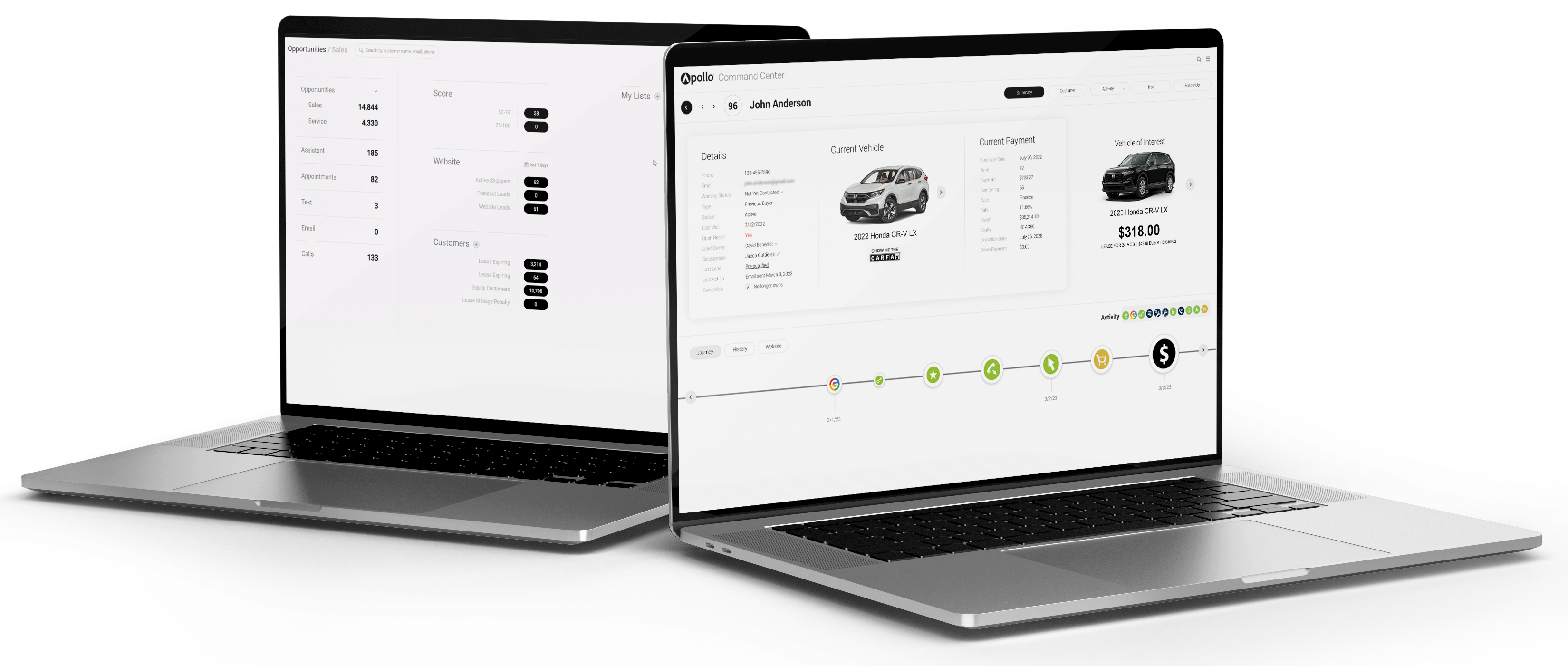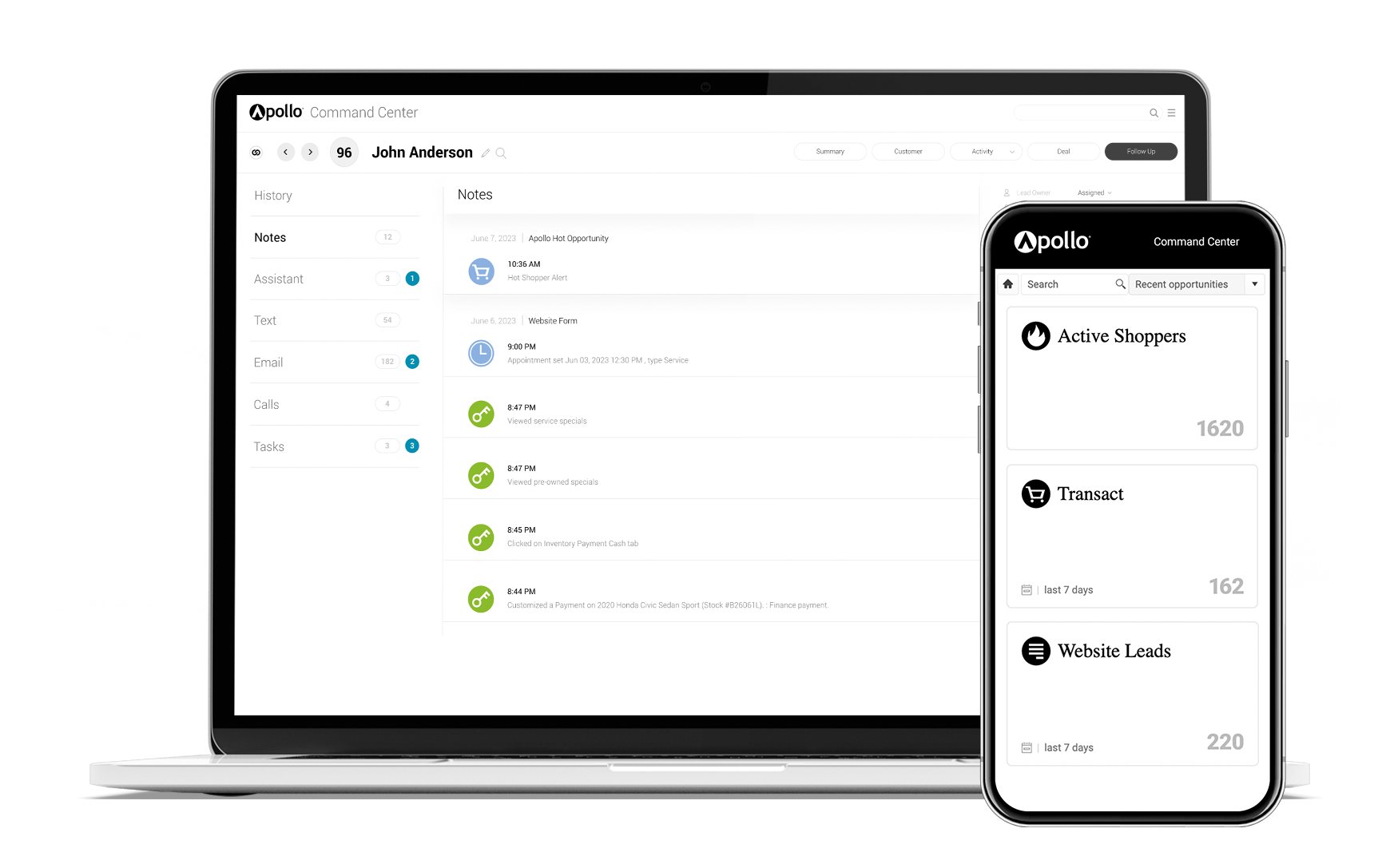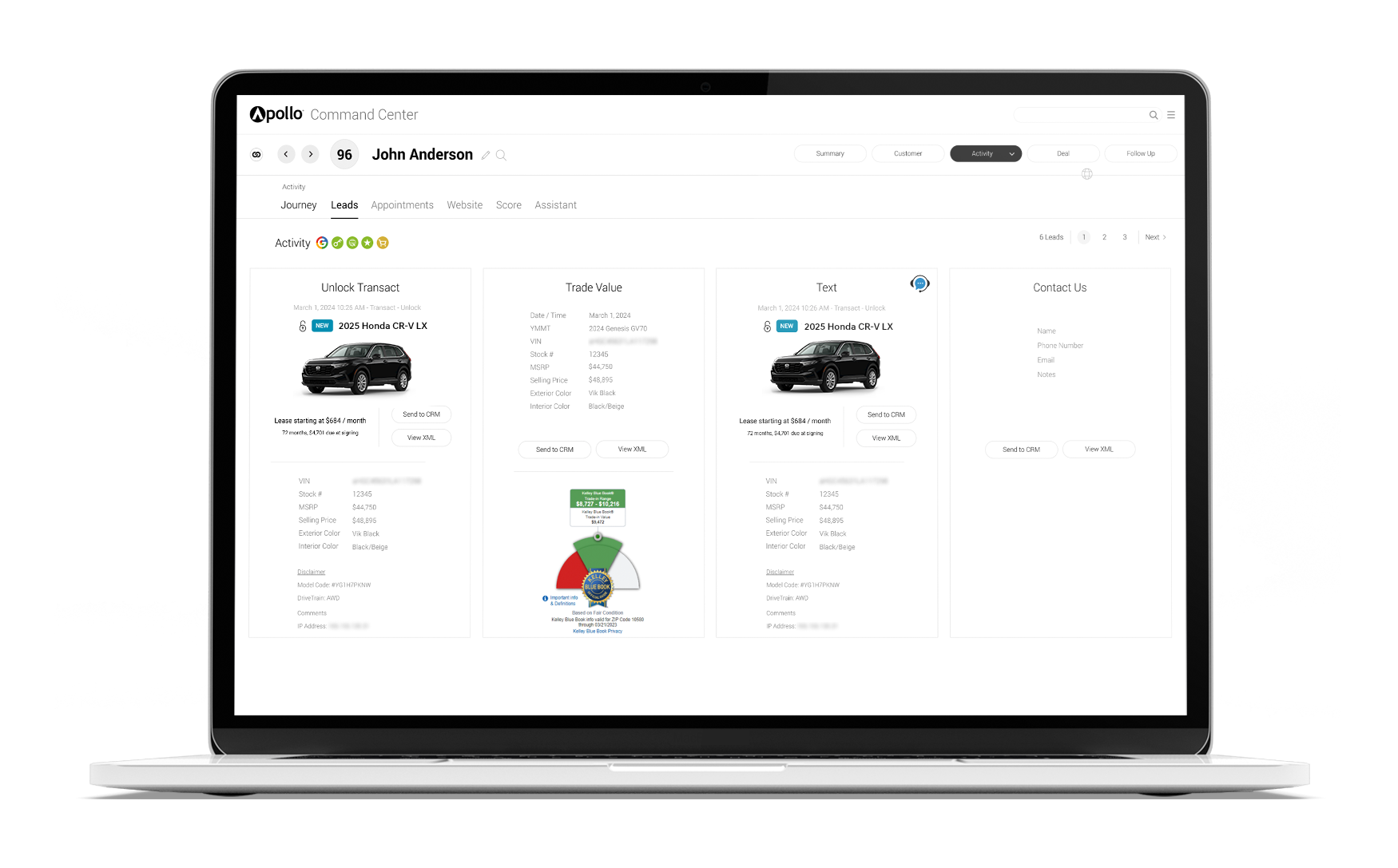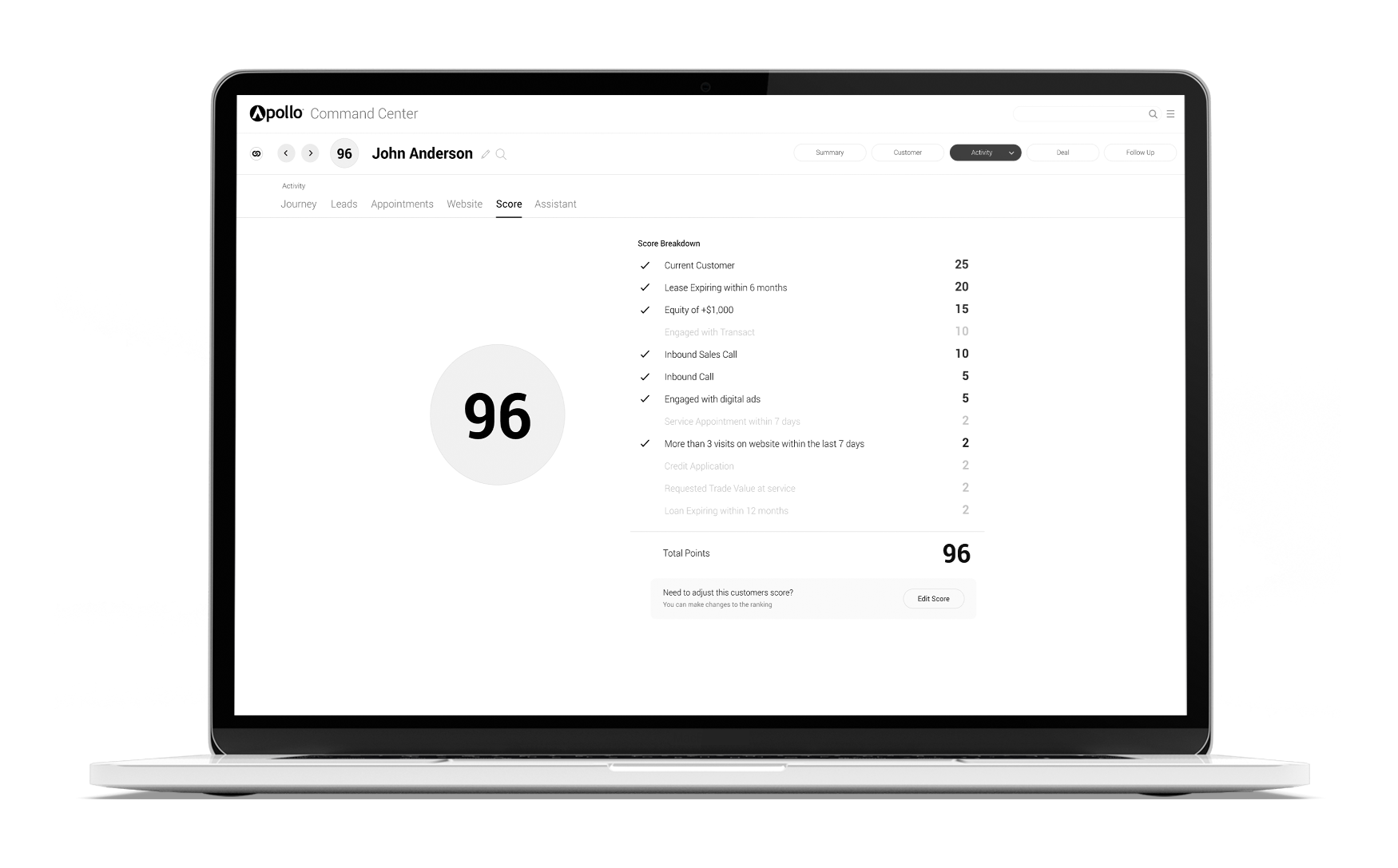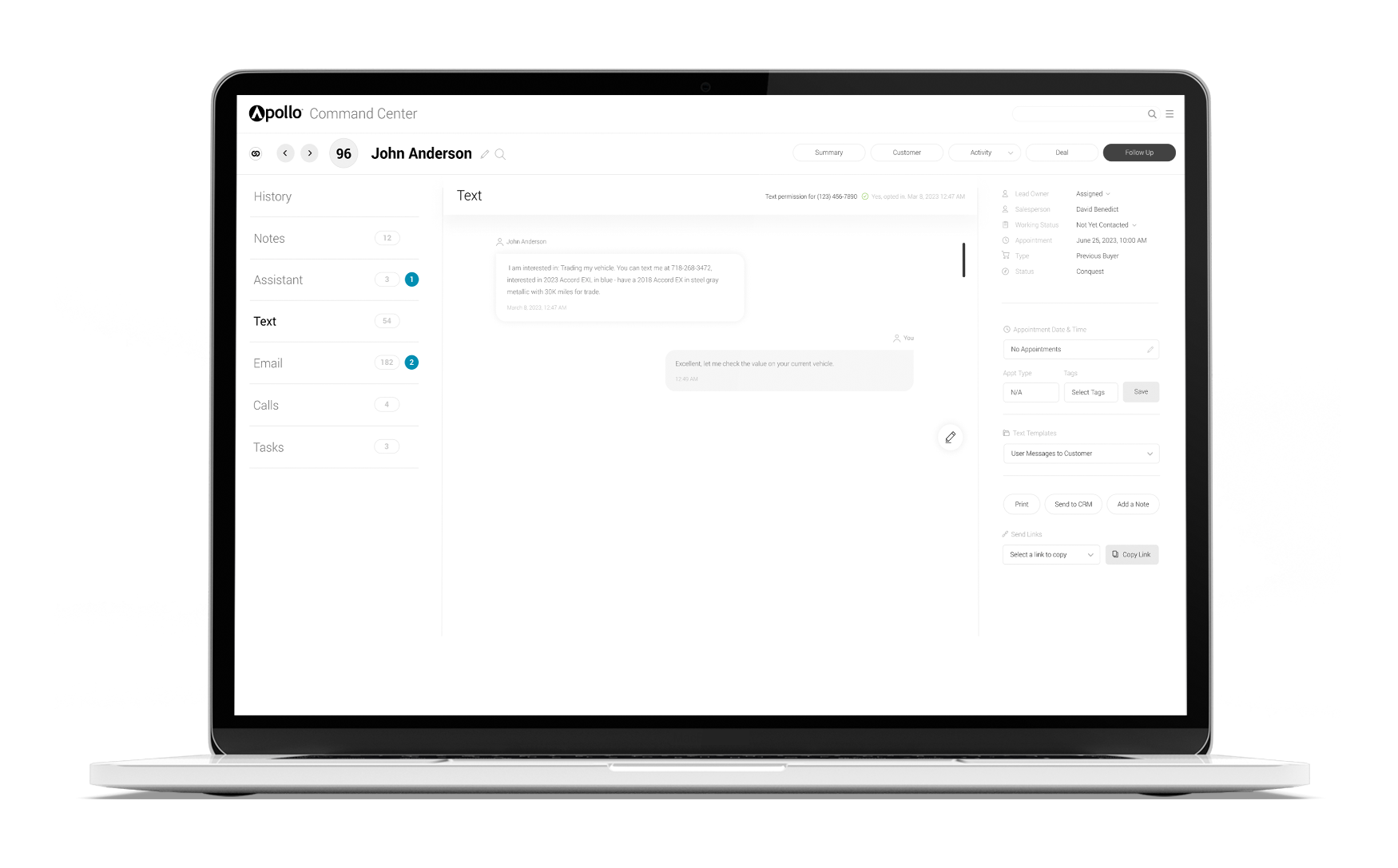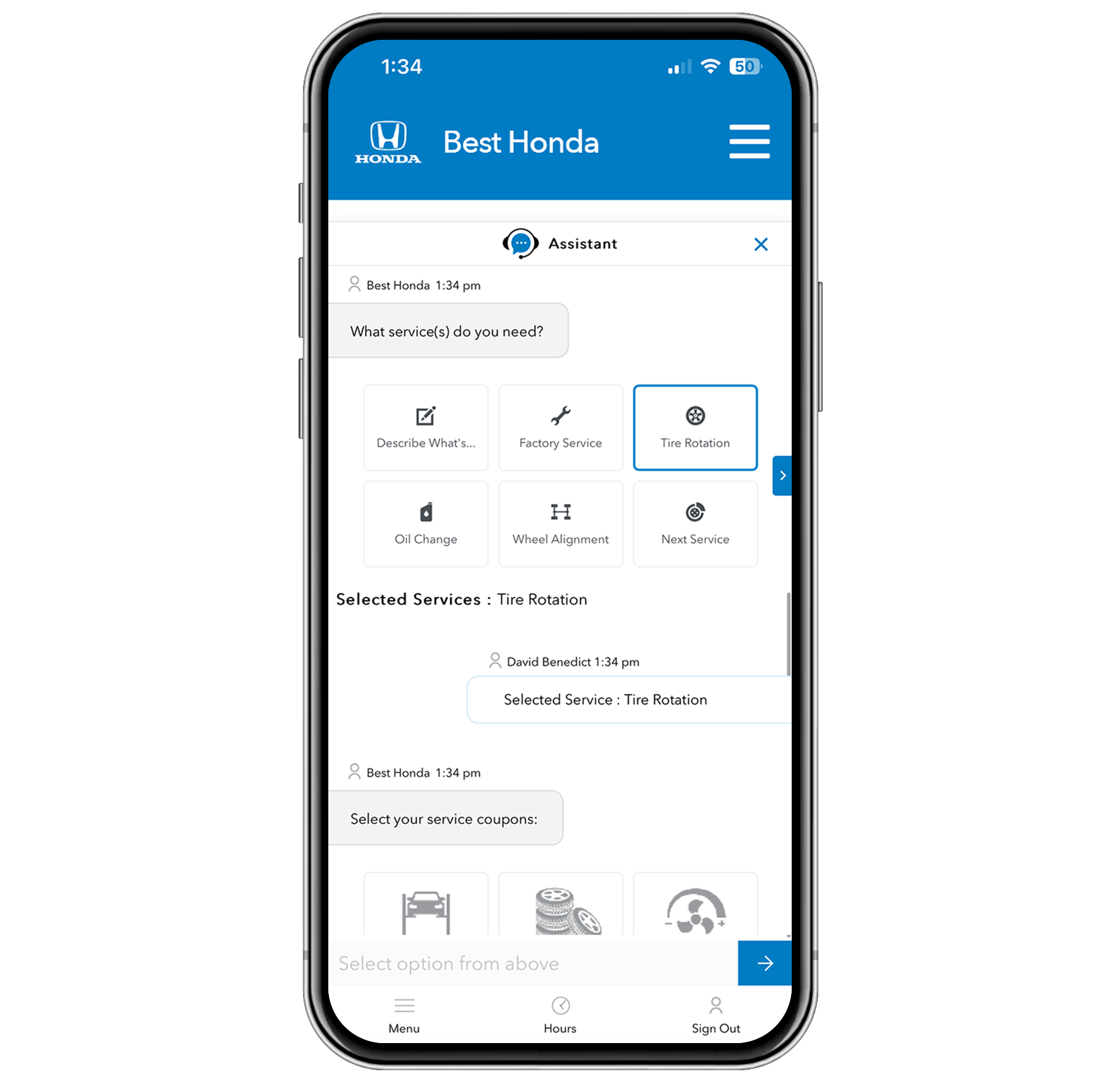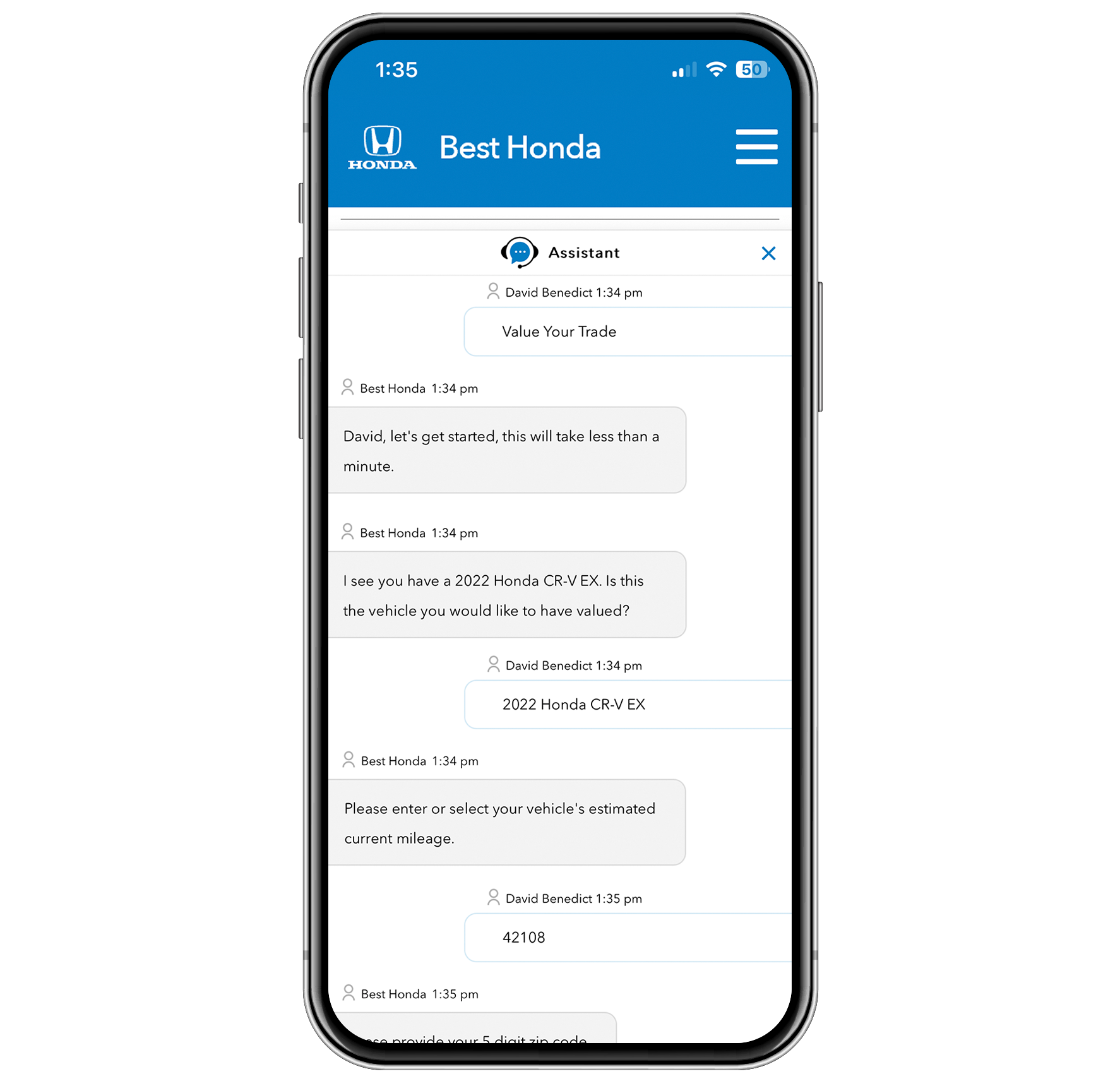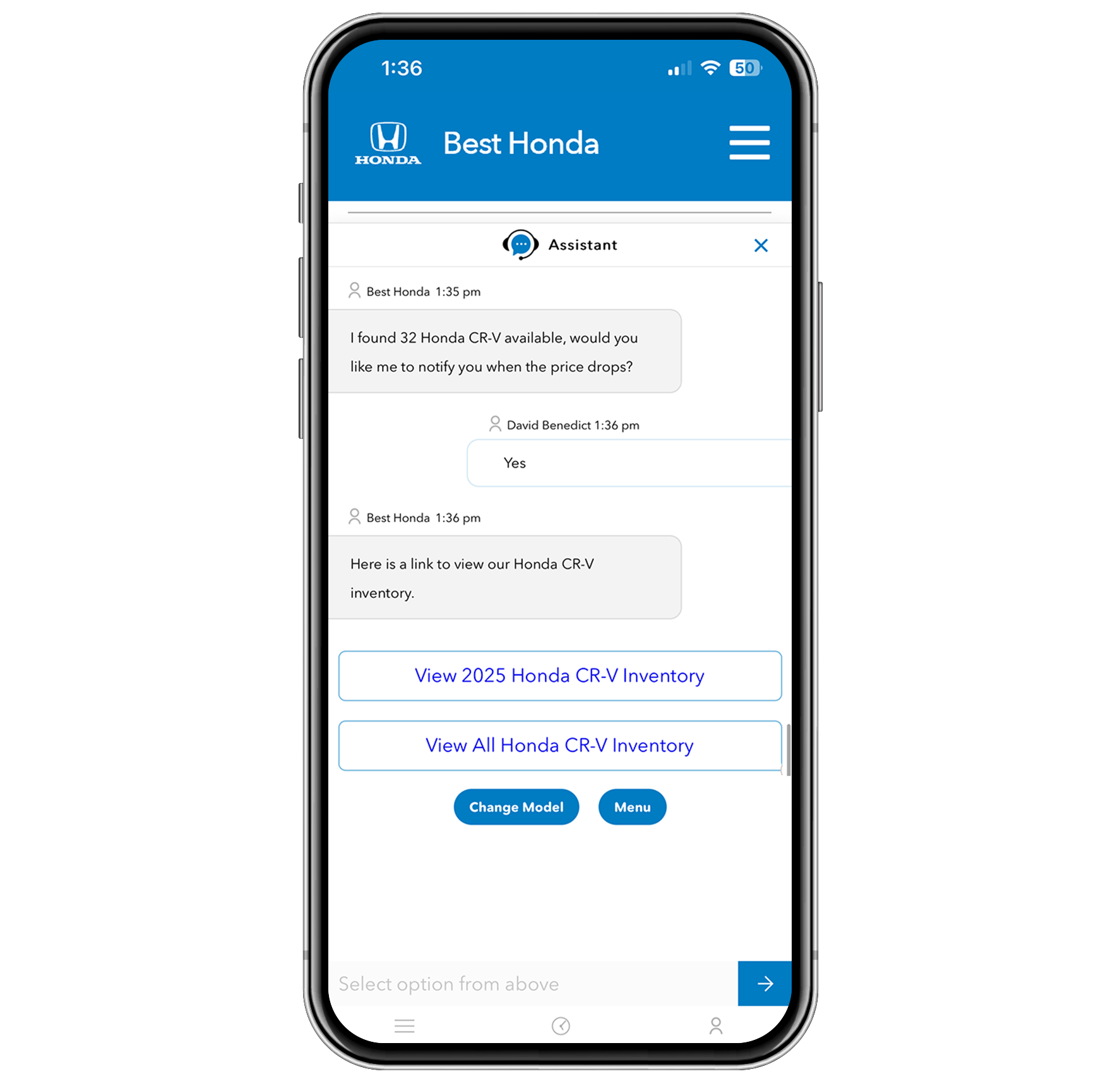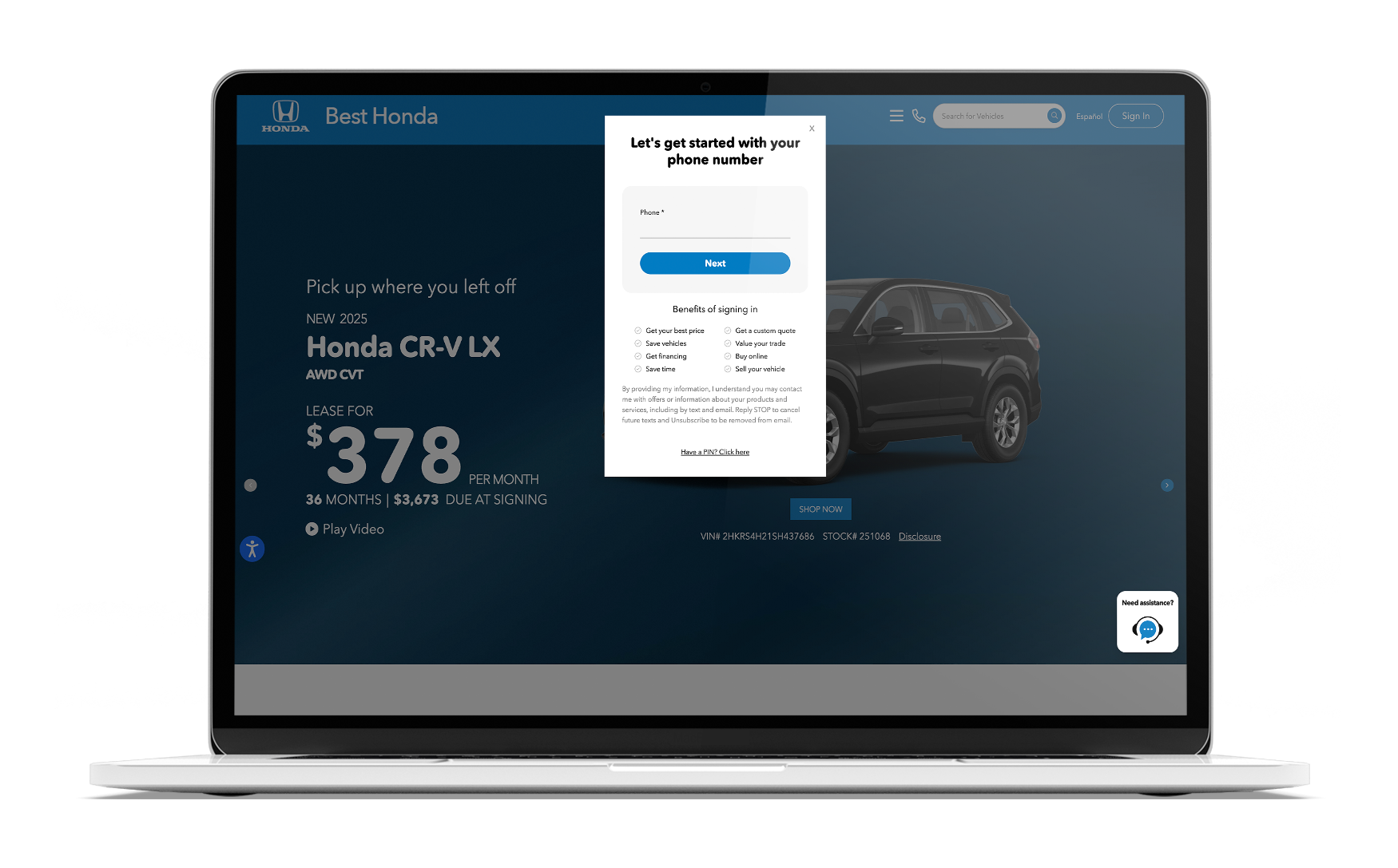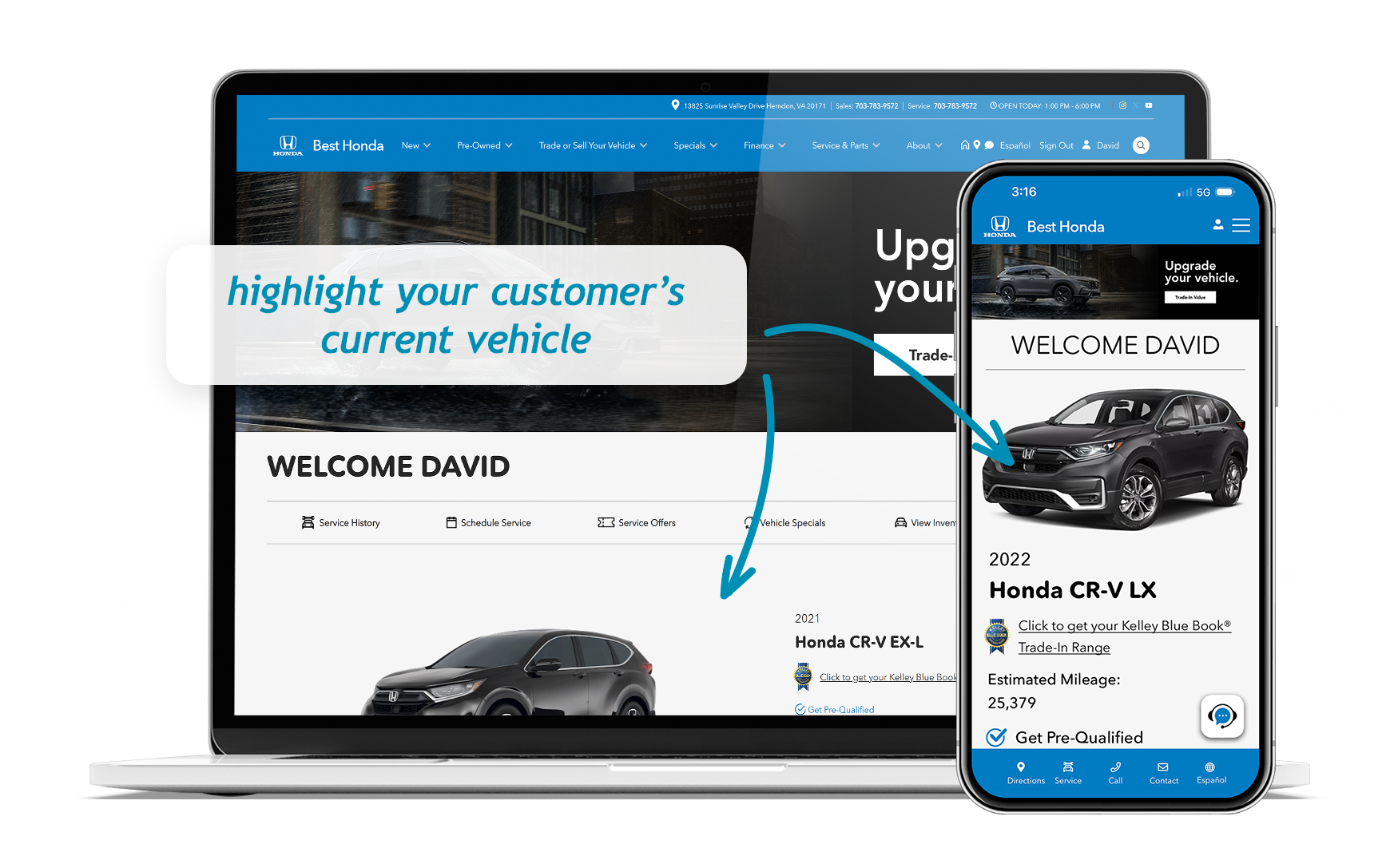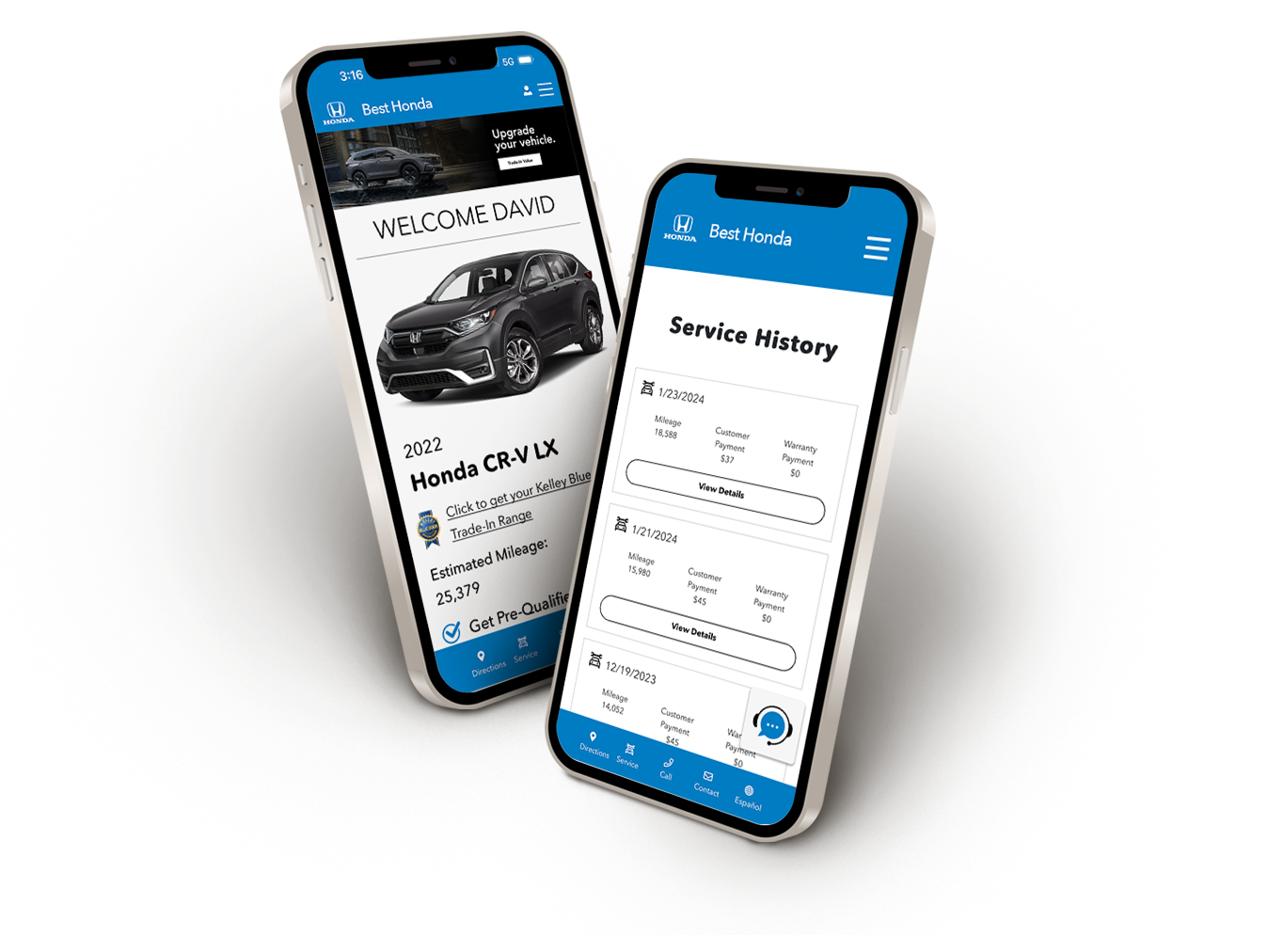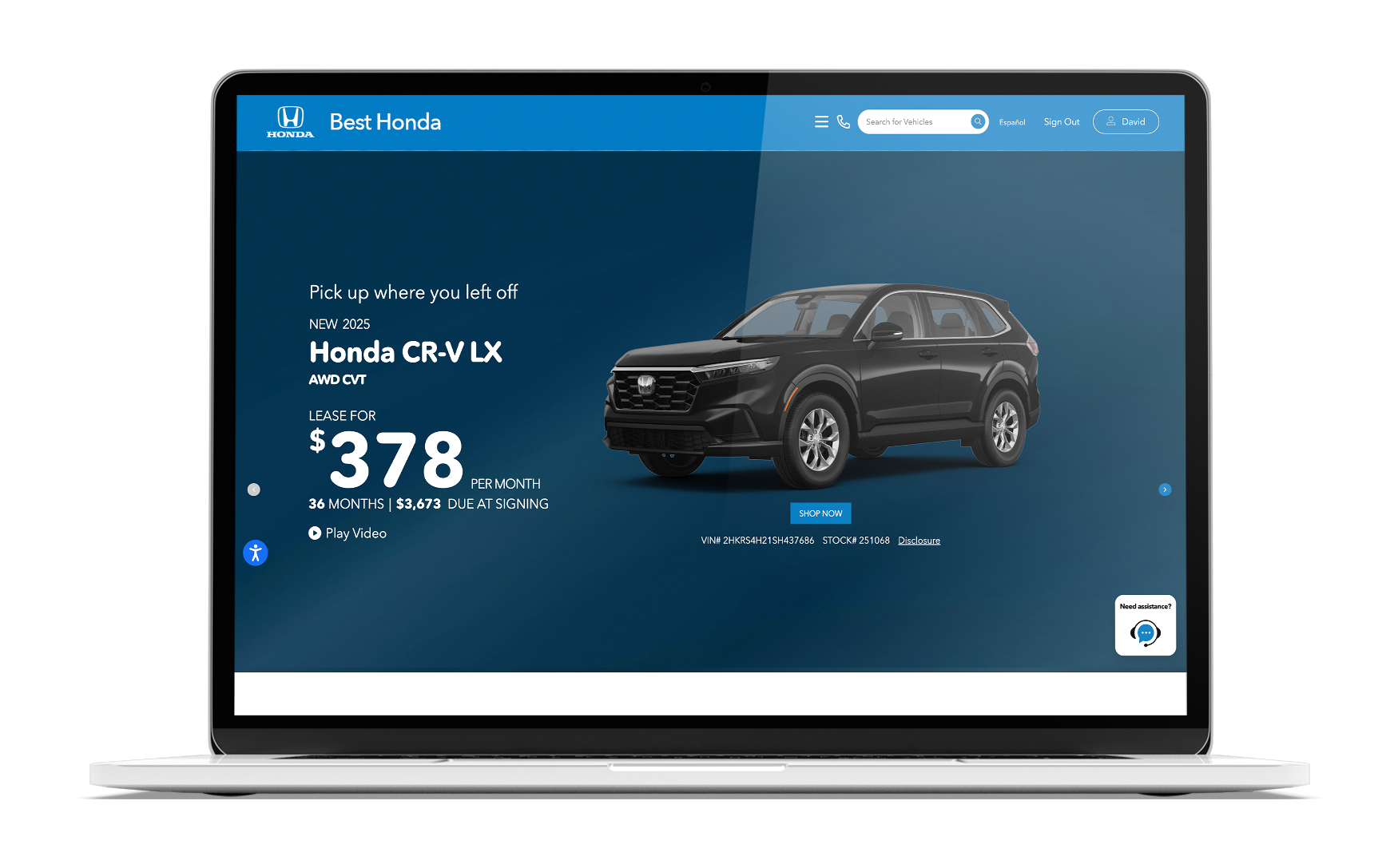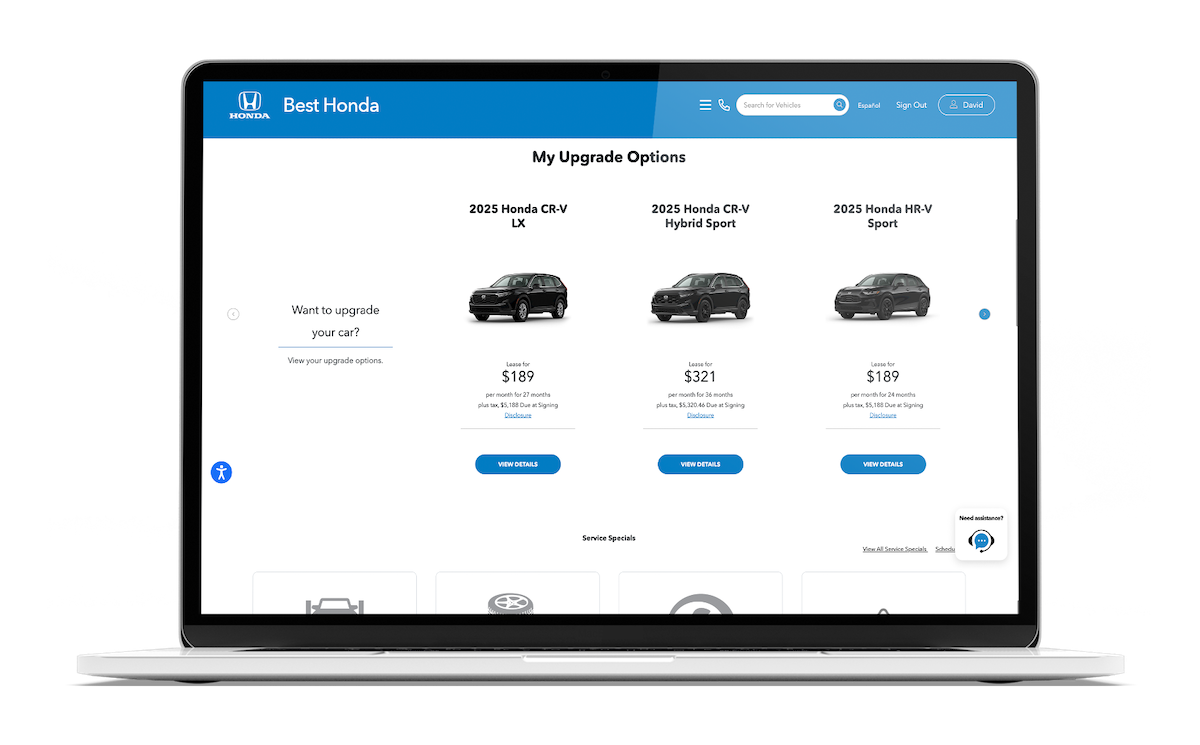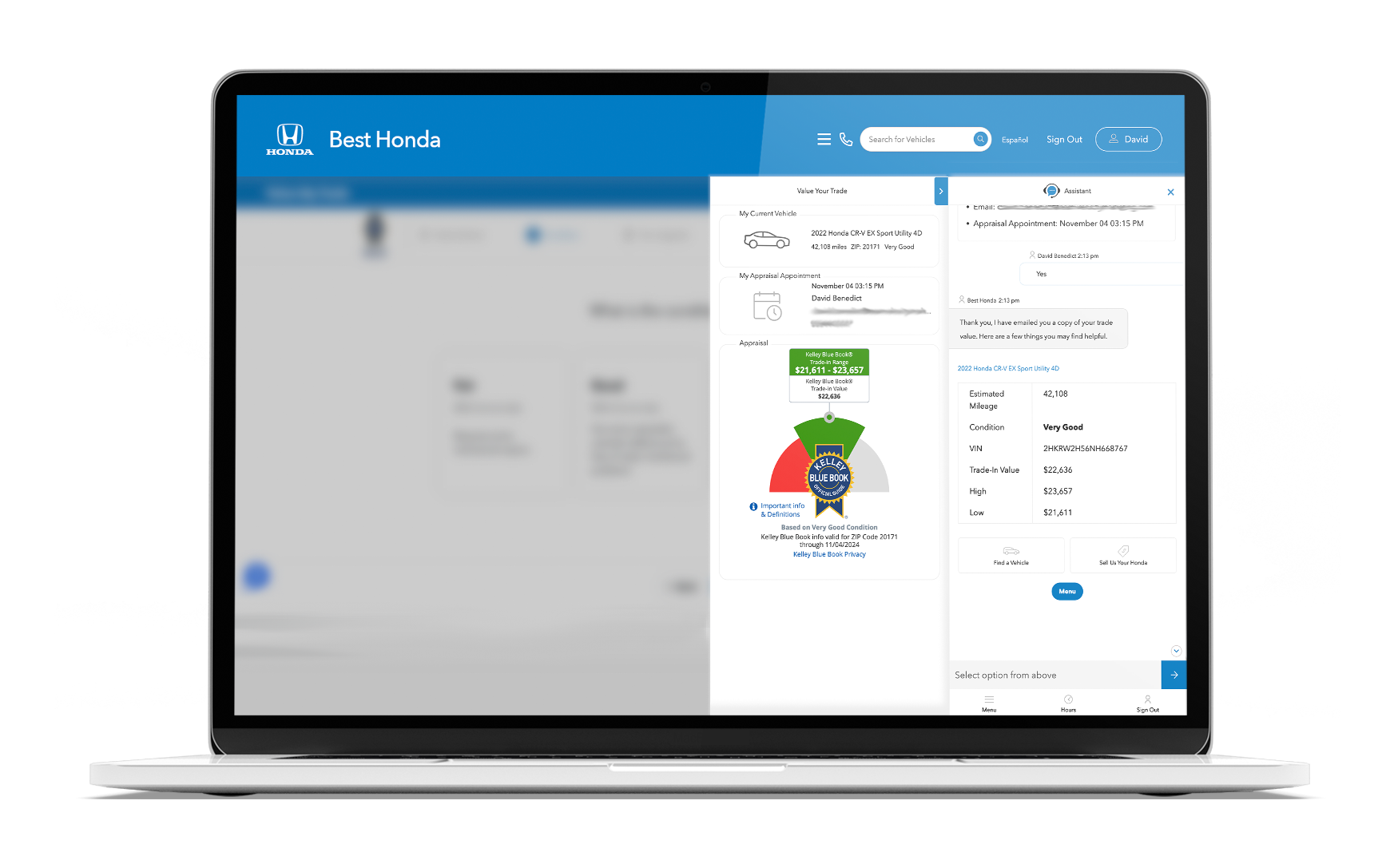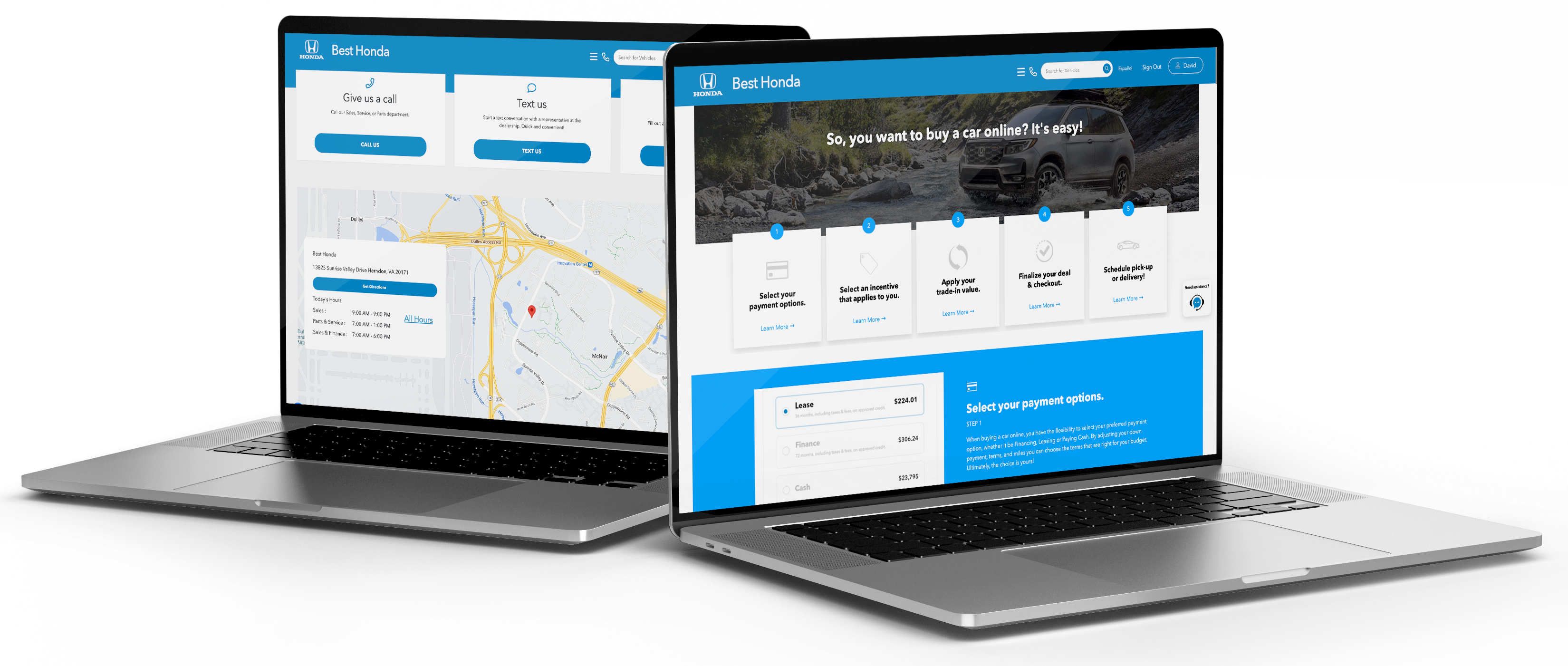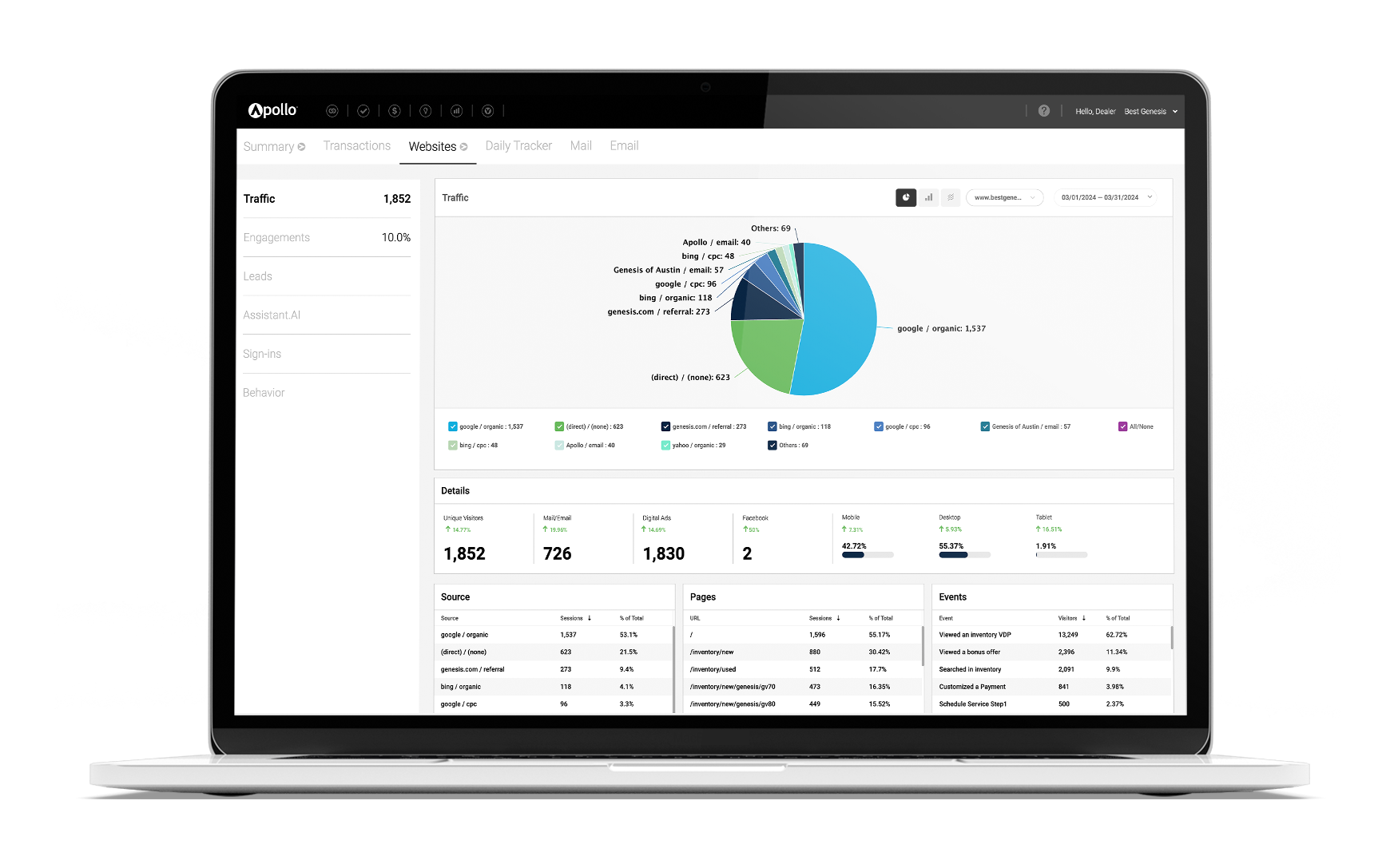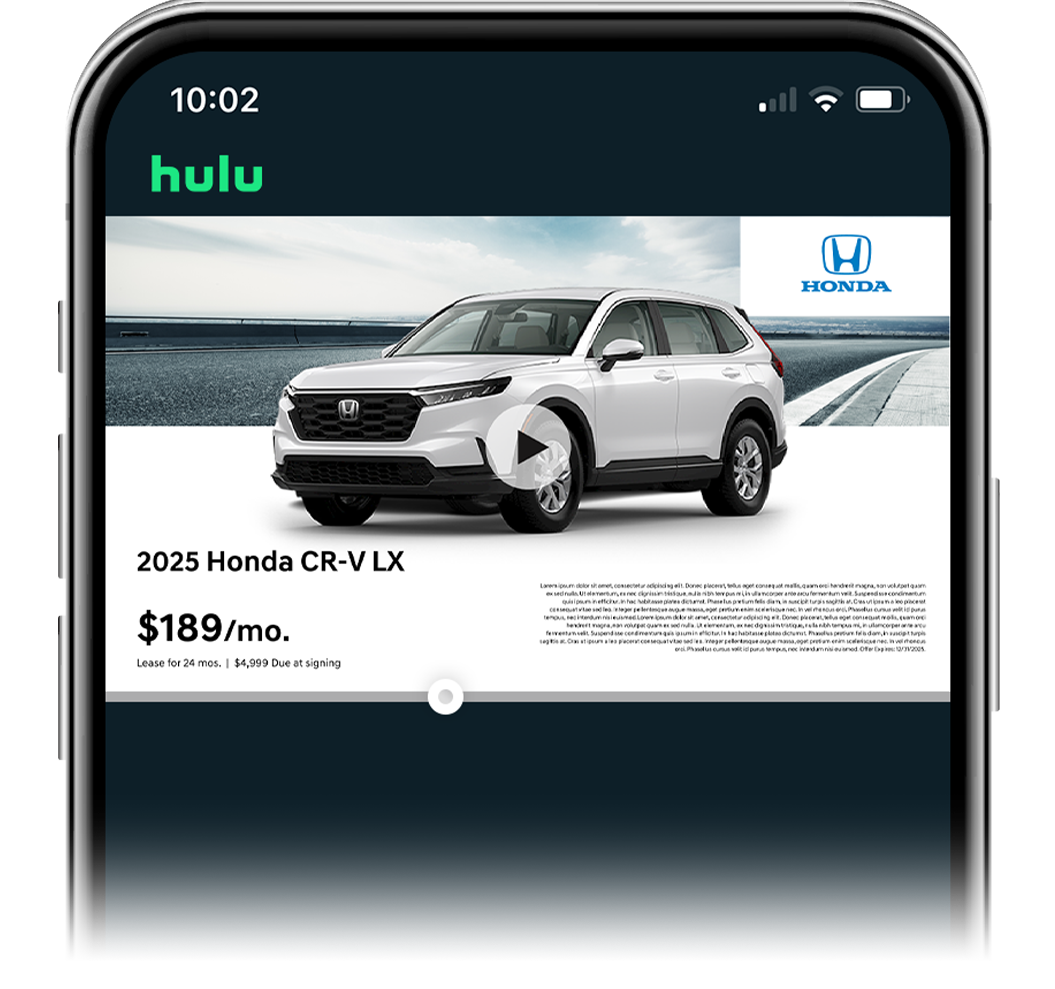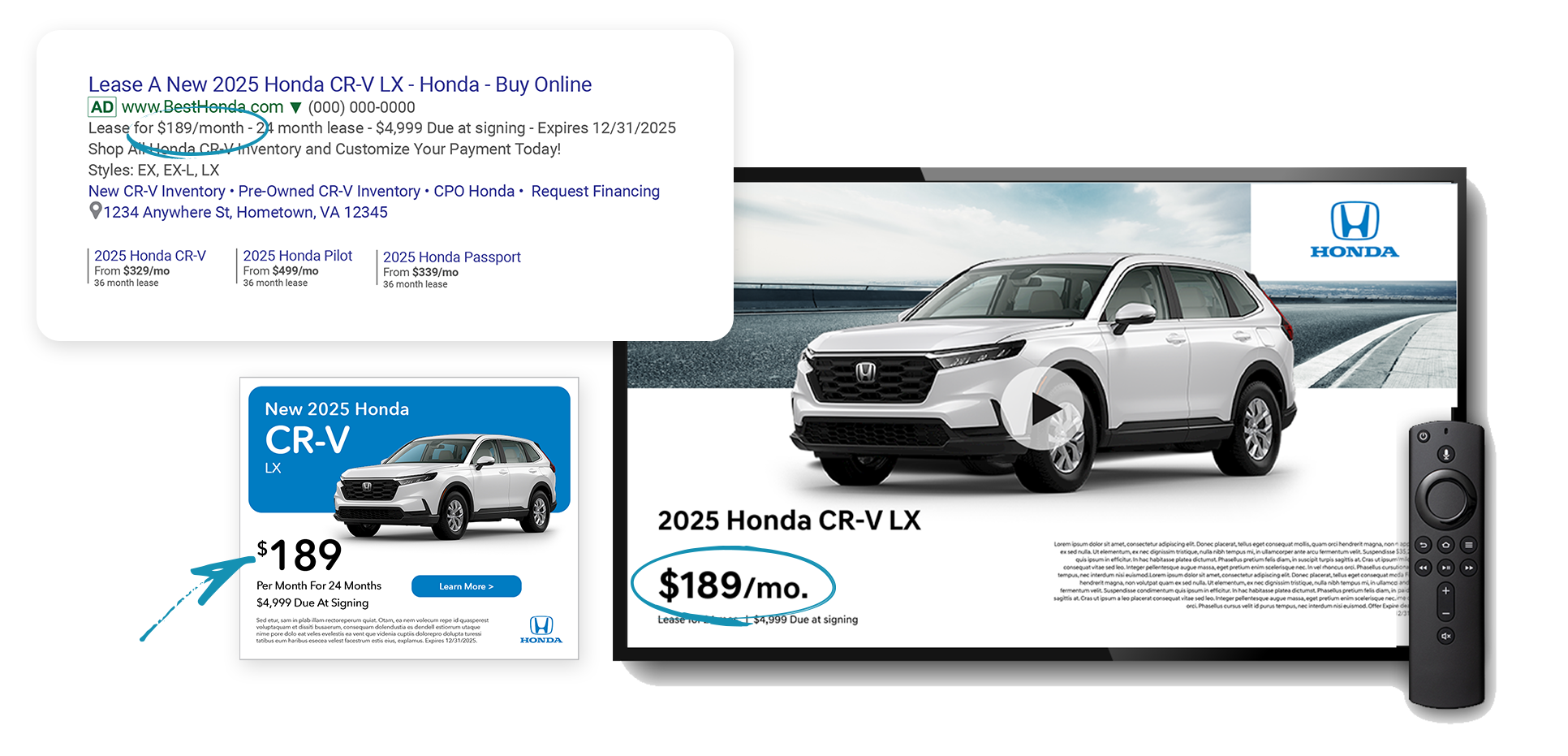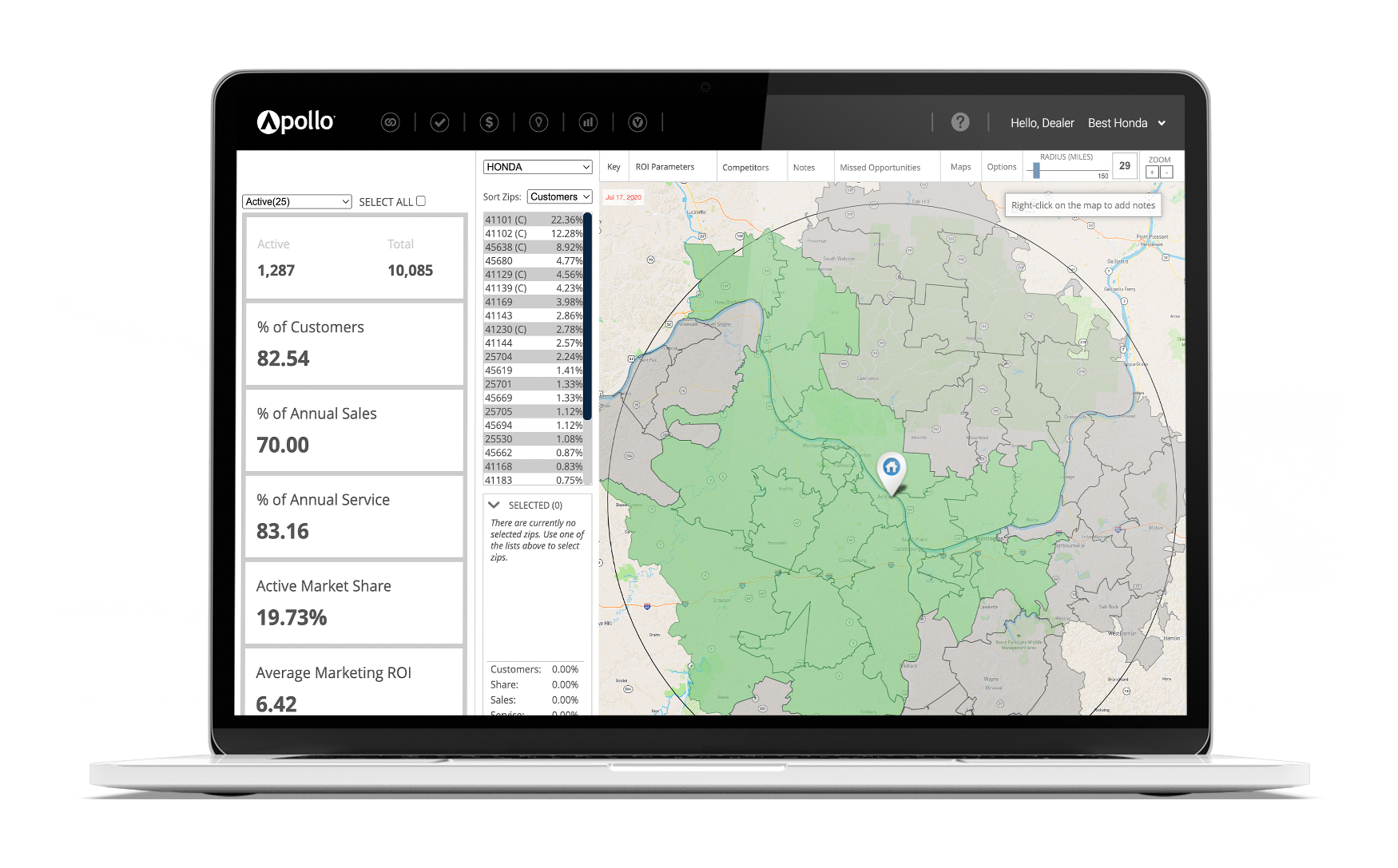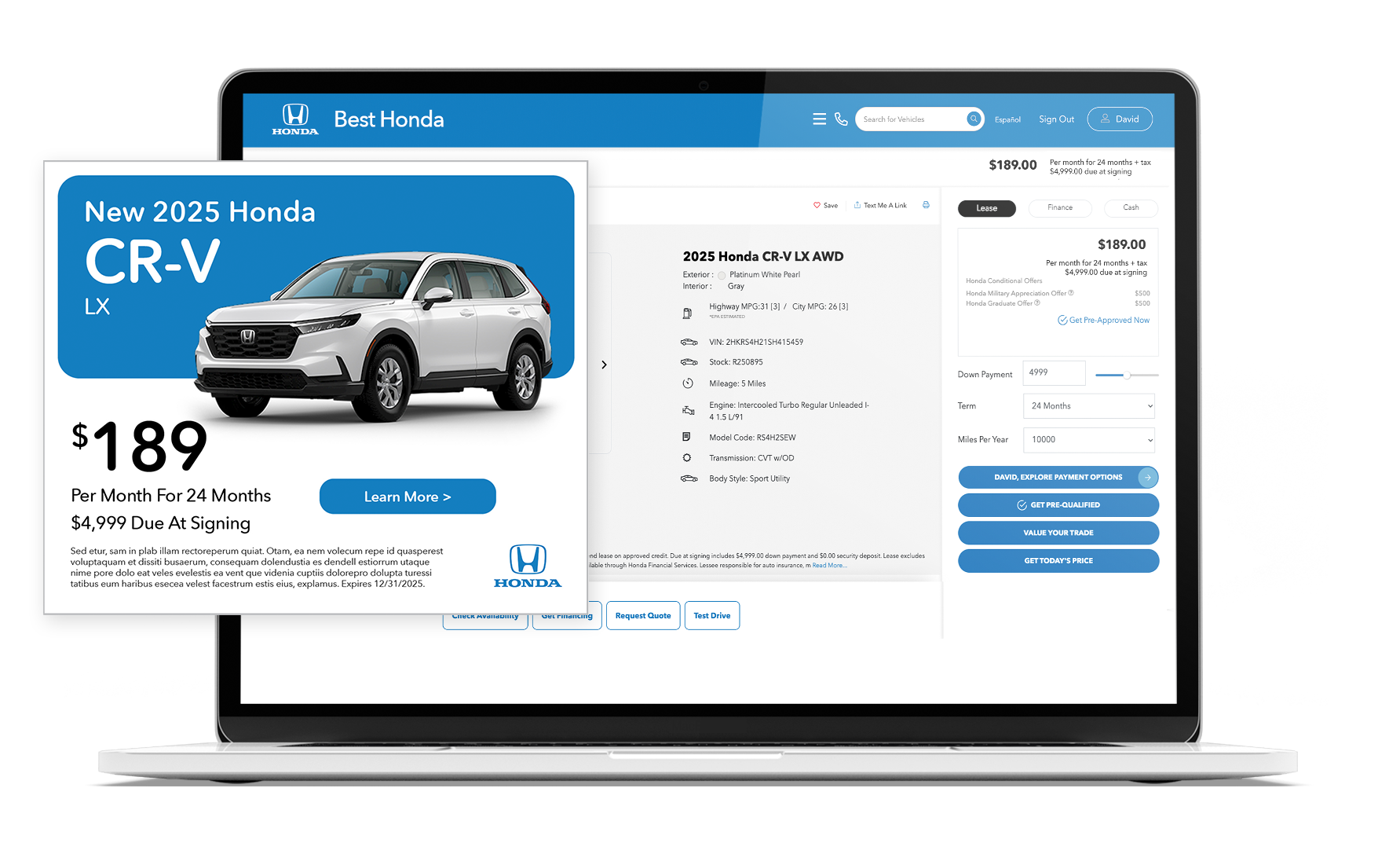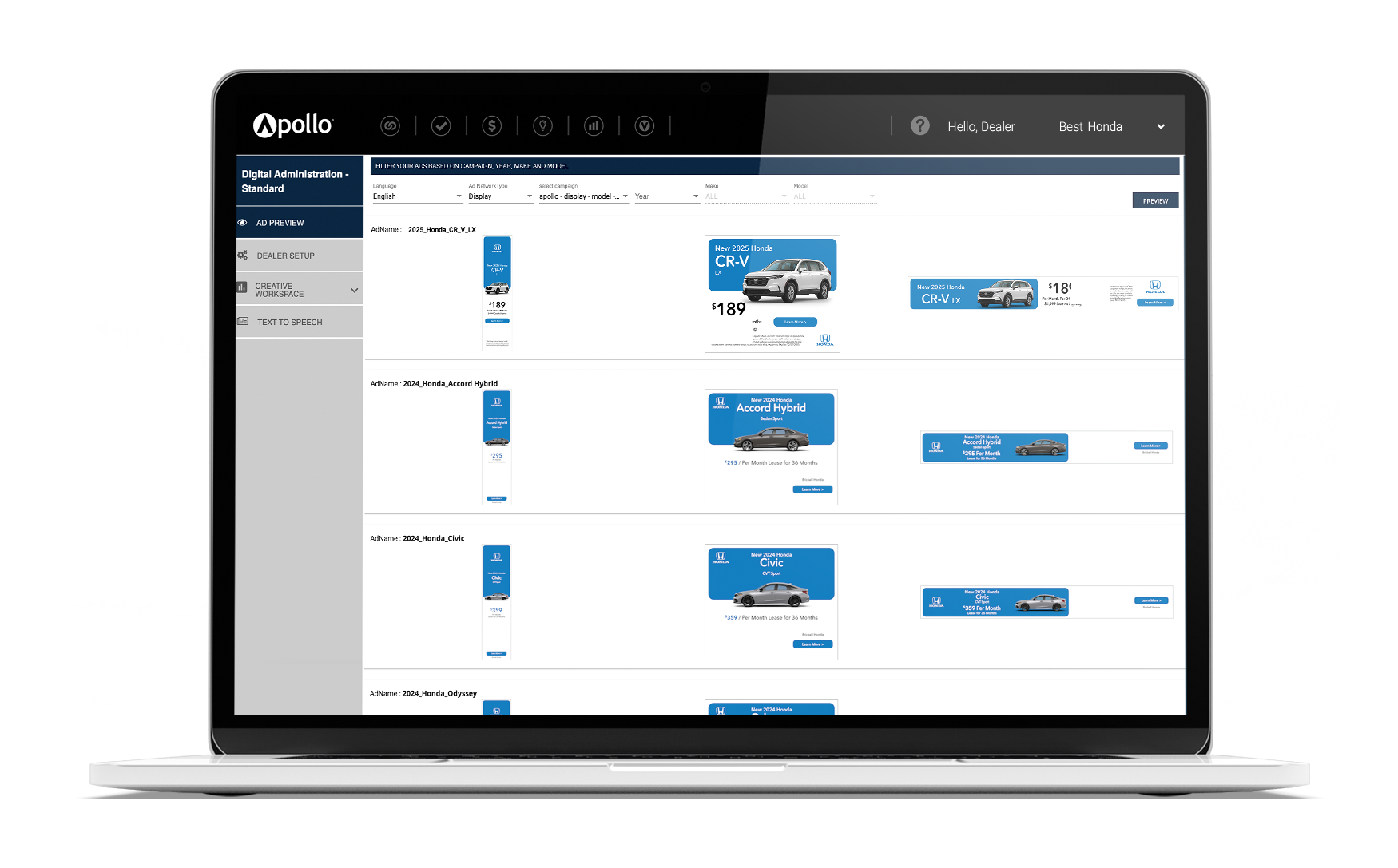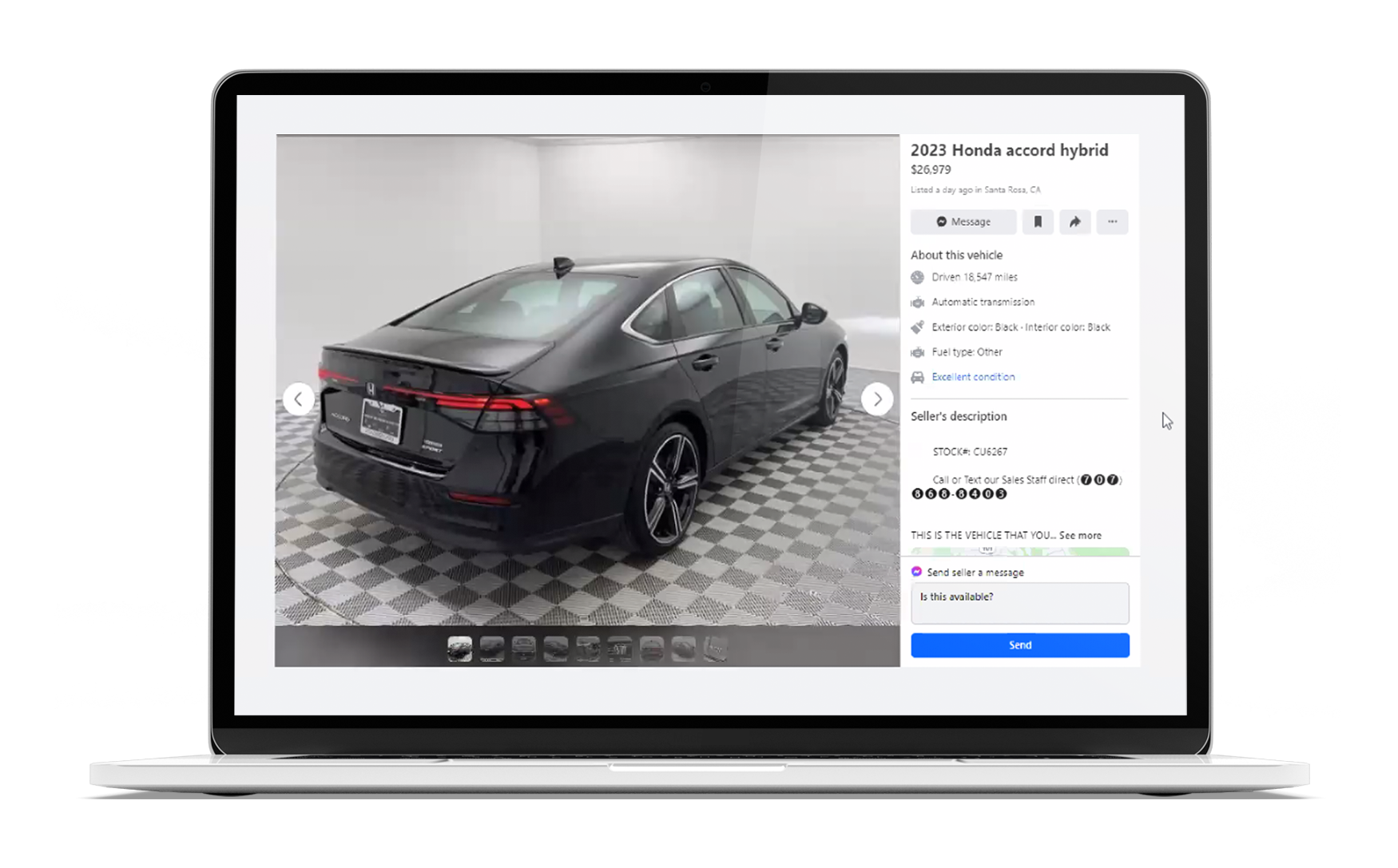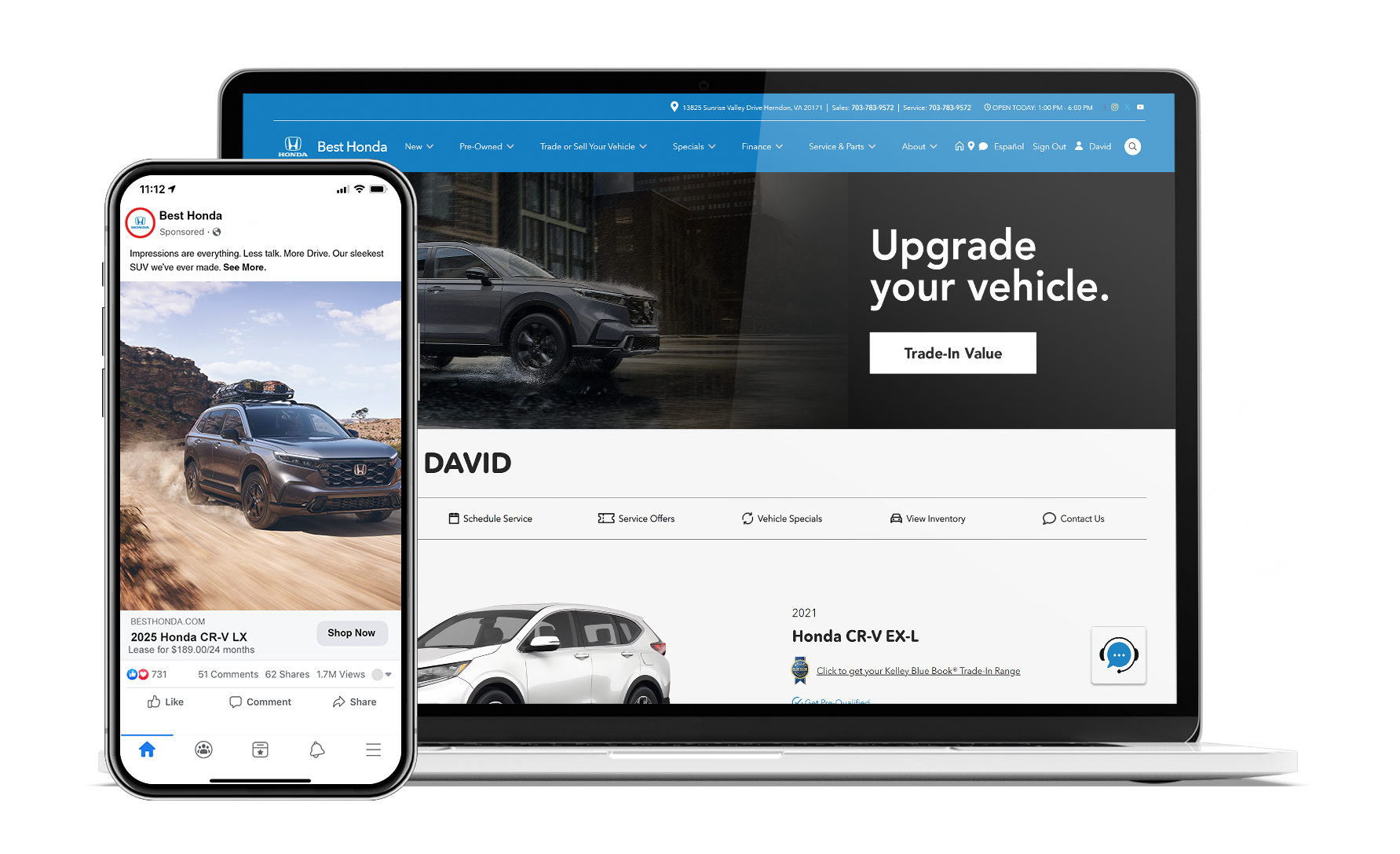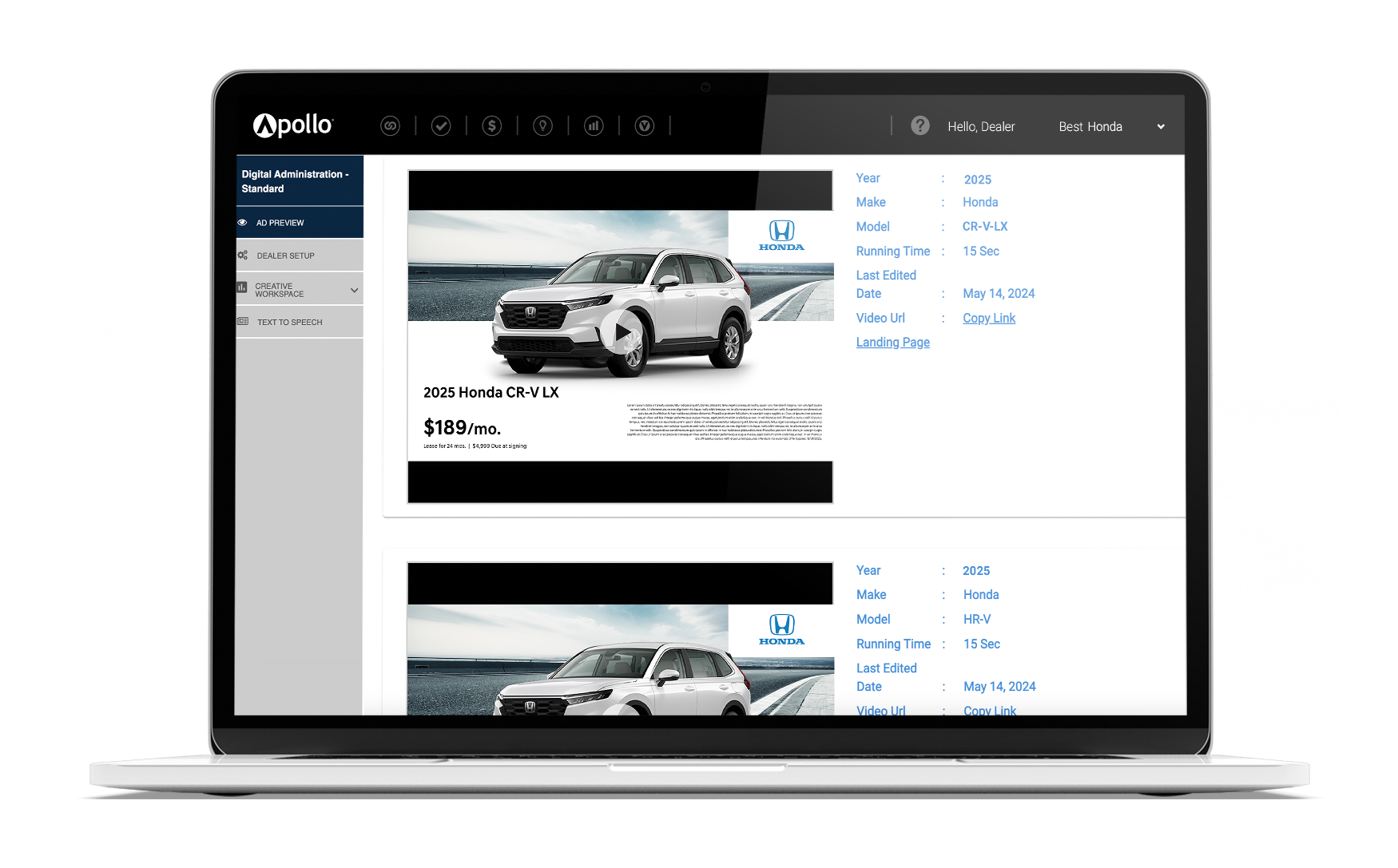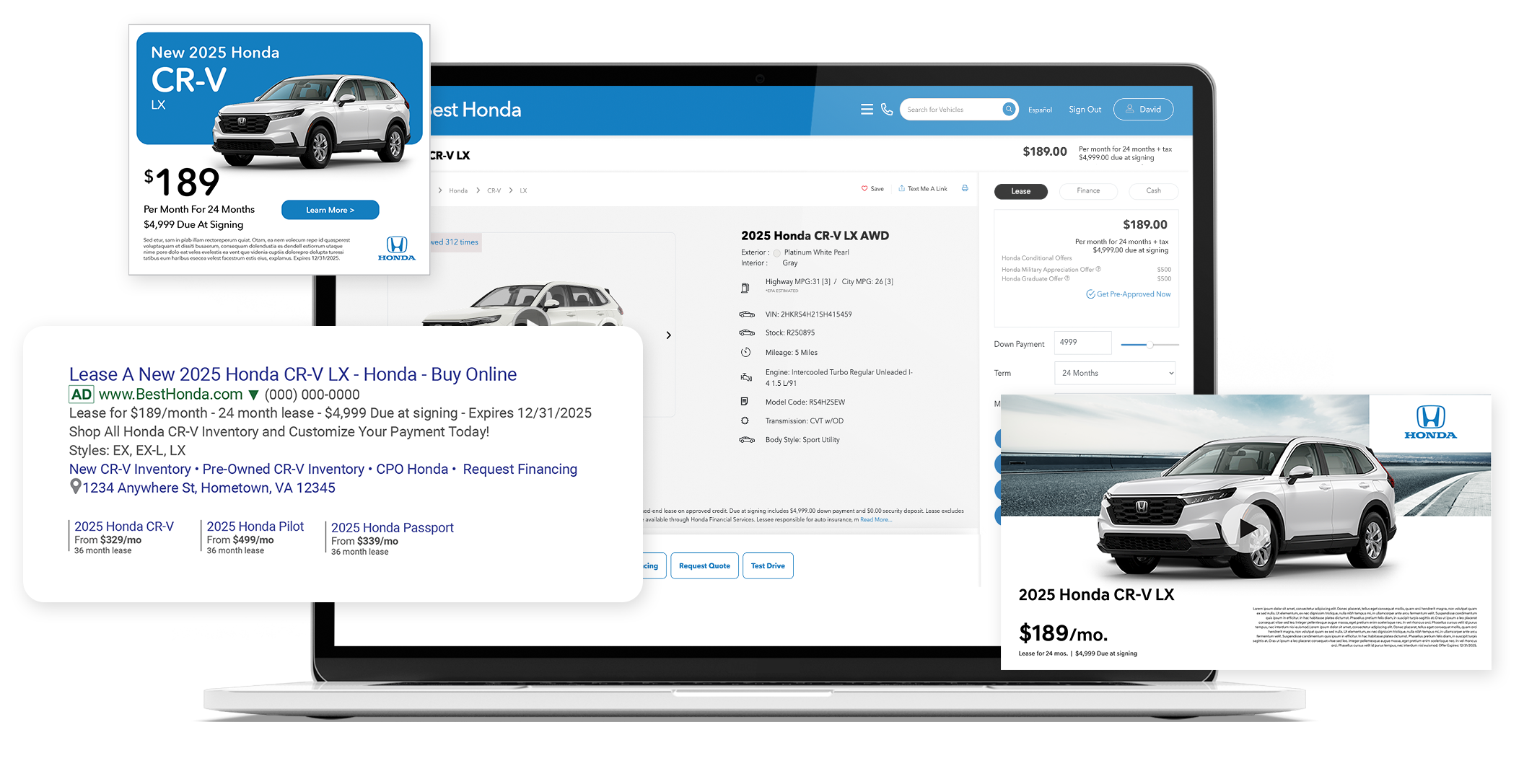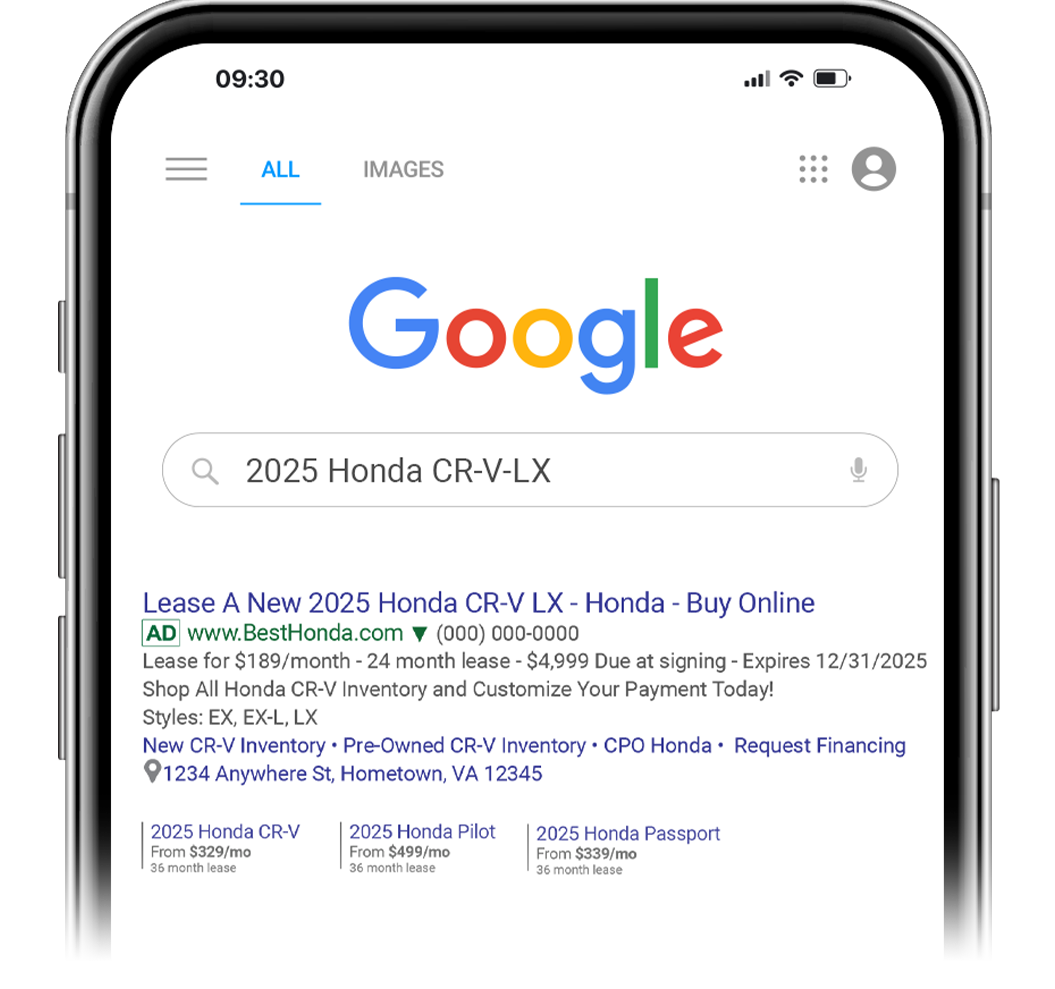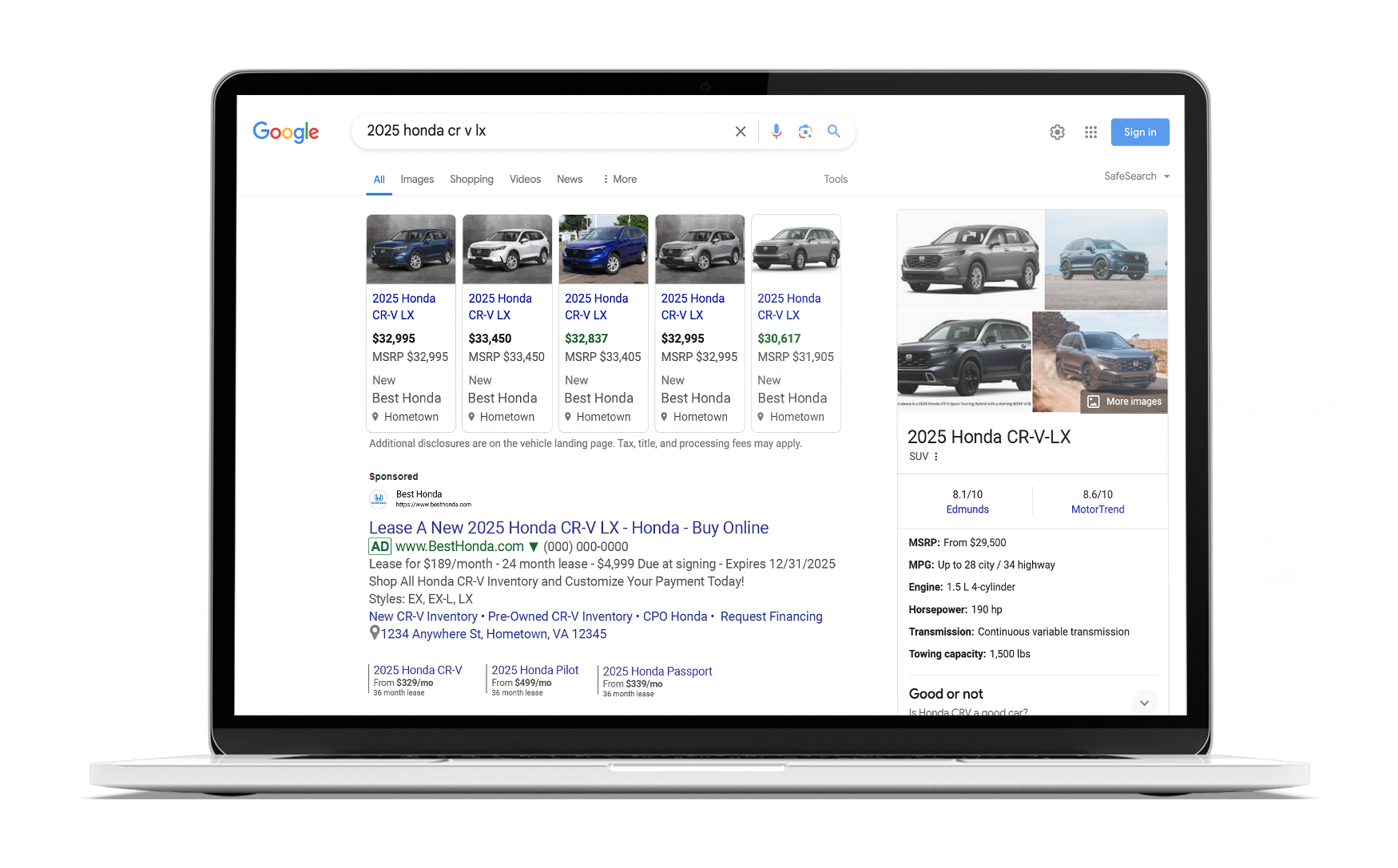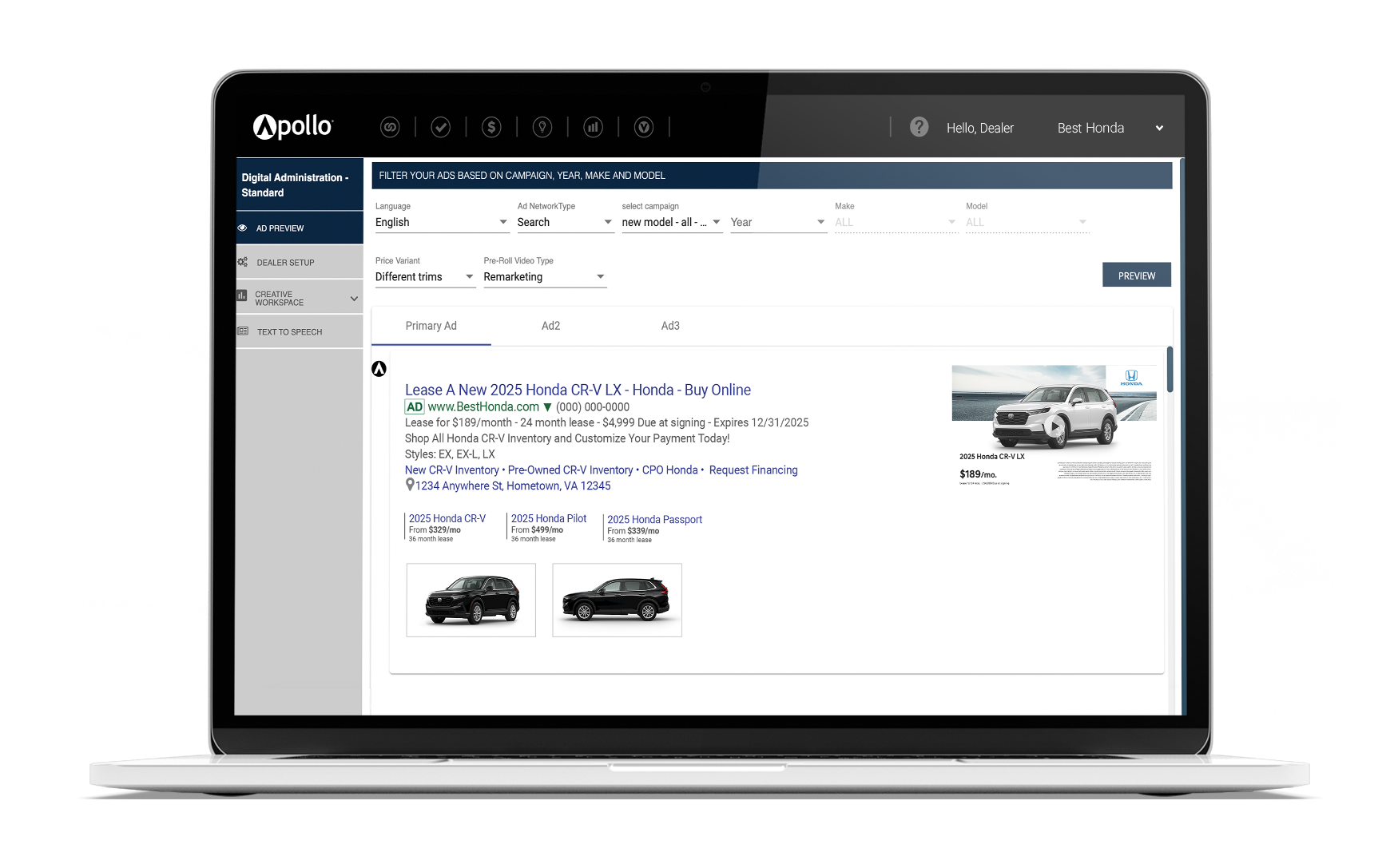What’s the ROI on my digital advertising?
We have different piggy banks in the automotive industry. Dealers need to deposit local, profitable sales and service transactions into their piggy banks to measure growth and success. The metrics on the right of the image above are useful measurements, but can’t be deposited as real profit. I wrote this article in hopes of gaining feedback and insight on a subject where I believe our industry could improve. A new, smart client of ours asked me a basic question that served as the catalyst for this article. Before I could answer he said… “You are not allowed to use any of these tech words: Conversion, Impression Share, Clicks, Cost Per Click, Cost Per Lead, Time On Site, Bounce Rate, Engagement, VDP, or anything similar. You can use words like Transactions, Sales, Repair Orders, Gross Profit and any other industry term you like as long as it involves us making money.” Seemed like a reasonable request and right down my alley.
His question: “What’s the return on my digital advertising investment? I know how much money I spend with Google, Bing and Facebook…prove to me the transactions and money we deposit in return for our investment.”
In their new digital playbook for dealers, Google classifies the ability to answer this question in the “advanced attribution” category, which is basically their futuristic bucket because of how rare it is for a digital vendor in the automotive industry to prove attribution. Many dealers I know would respond with “are you kidding me if you can’t answer this basic question”. This is where the disconnect has happened in the industry. The mediums that capture the most consumer data should be the easiest and most logical to determine an ROI based on a dealership’s actual sales and service transactions. Dealerships today are putting more of their ad budget into digital mediums. Naturally, they want to fish where the fish are…but very few digital agencies can identify how many fish are actually caught and how much they weigh.
After all, we have the data, right? In order to determine an ROI, all you need is two readily available pieces of data. First, you need at least one unique data point on a consumer that identified themselves while engaged in shopping online…like their name, address, email, or their mobile phone number they may have used to call, text or chat. The second is a list of all the sales and service transactions and the gross profits associated with each of those transactions. Just cross reference the people who engaged with your advertising against your transactions. Pretty basic, but why do hardly any digital agencies do this? A dealership could get that information from TrueCar in less than 1 minute, but not from their digital agency? Is that logical?
This new client asked me for something so simple and he claimed he just can’t get this basic transactional ROI data anywhere else. All he wanted was for us to give him a list of everybody that used Google, Bing or Facebook, who clearly identified themselves by calling, filling out a form, claiming an offer, chatting, etc…who also completed a transaction at his dealership. He then asked us to divide the matched list into folks who had already done business with the dealership before and those that had not. For a dealer, that makes perfect sense and connects all the logical dots from his investment in Google, Bing and Facebook right into their piggy bank.
You simply add up all the money the dealership ACTUALLY made on real transactions where customers were influenced enough to identify themselves and subtract the digital spend to acquire those customers. So, if Susan Jones, who never purchased a car from this dealership, saw a Google ad on a pre-owned vehicle, clicked the ad to call the dealership from her cell phone, spoke for 4:18, then provided the dealership with the exact same mobile number she originally called from (2 basic data points) when she took delivery the next day…and the dealership made $4,000…and that happened say 10 times in a month…you get the math.
I wrote a previous article that provides anybody a step by step process on how to do this. It’s not rocket science, which is why so many other types of marketing vendors do this routinely, but very few digital agencies consider a sales or service transaction as the ultimate conversion. Let that sink in. Rather, they use technical jargon which collectively sounds impressive, but doesn’t necessarily ring the cash register. After all, the only reason a dealer advertises anywhere is to ‘ring the register’. Why is this considered advanced or aspirational? A transaction is the only way dealers make money and the only way they can properly attribute their advertising to a real ROI. They certainly can’t deposit ‘clicks and views’ into their bank accounts.
Some of you out there will read this and claim this is trying to give 100% attribution to a particular search or click. That isn’t the case at all. This purely provides a starting point that shows the influence each medium has in the actual buying process. We can get into complex attribution models in the next article but not until we answer these simple questions dealers are asking first.
My hope is the best digital agencies in the industry will improve the methods we all use to deliver an ROI and a better level of standardization develops. I see dealerships changing digital vendors with totally unrealistic expectations based on promises that sound incredible, but often fail to deliver a return on their investment. In the meantime, we are going to keep working closely with companies like Google, Bing and Facebook to include simpler, easier to understand transaction based reporting.


